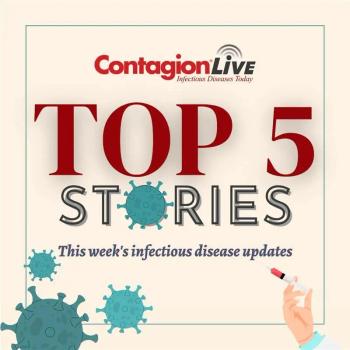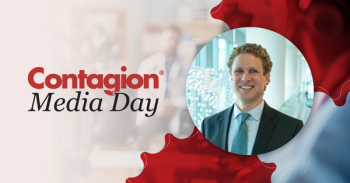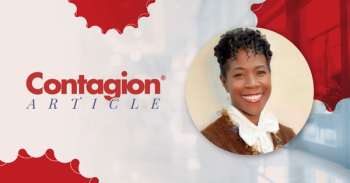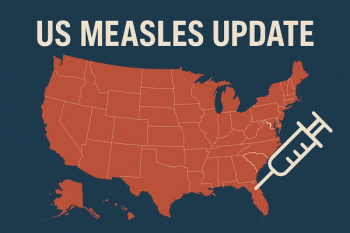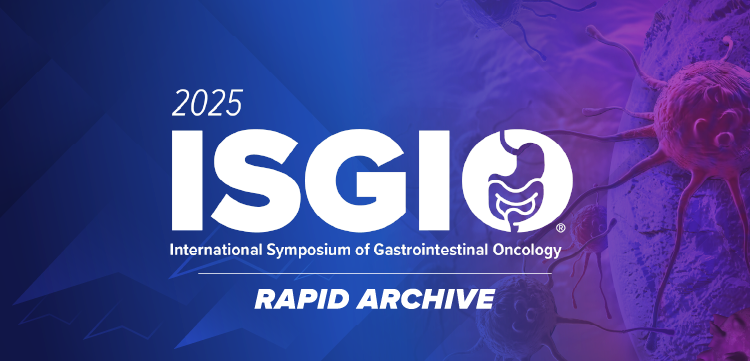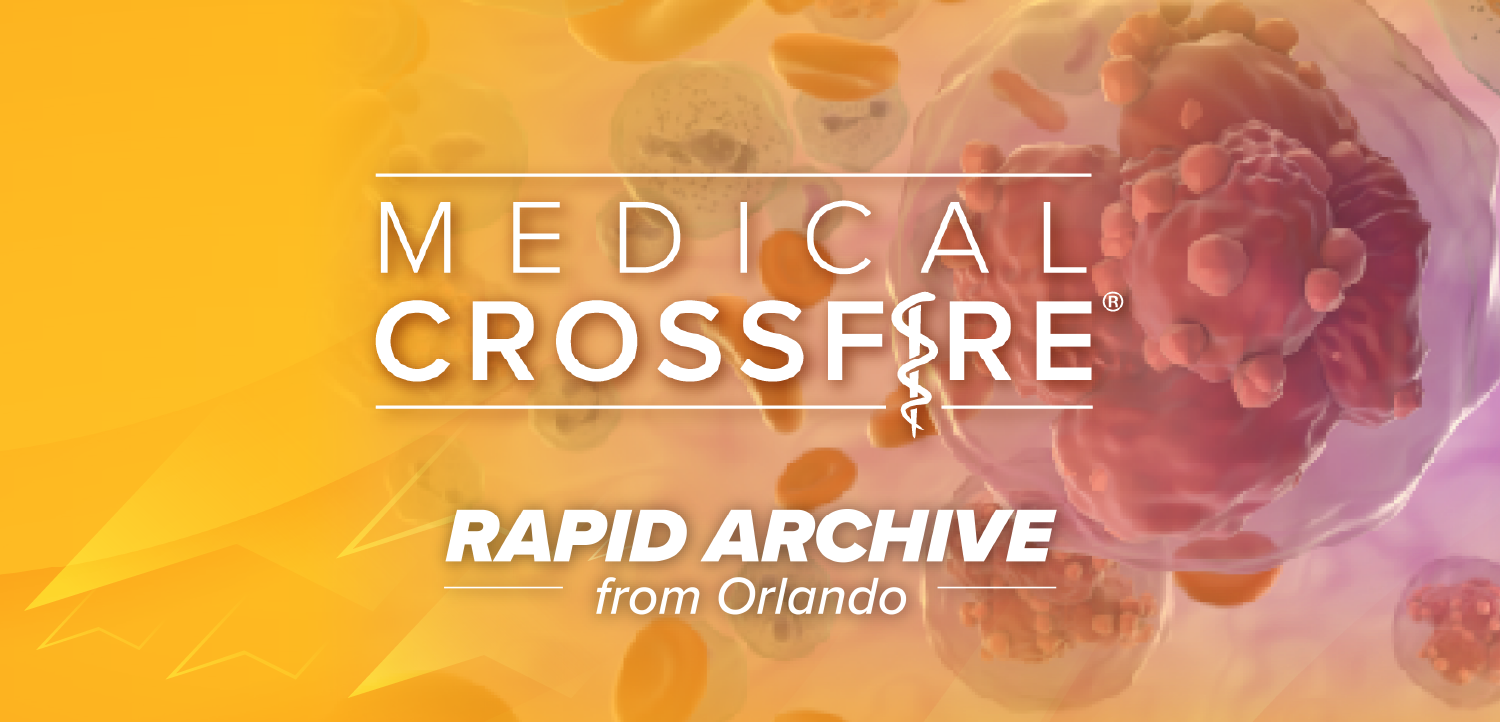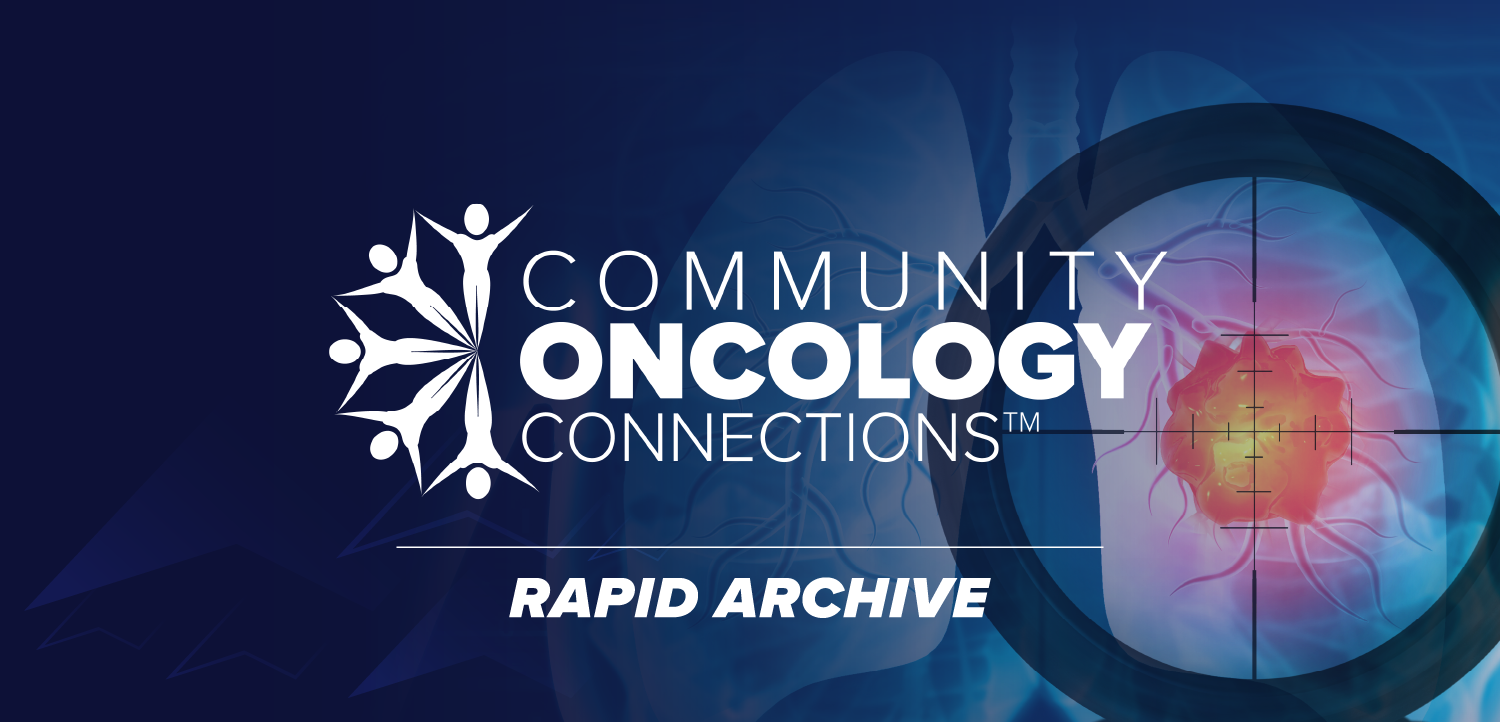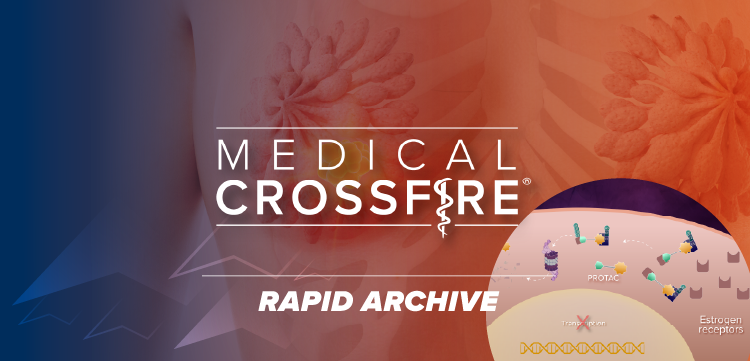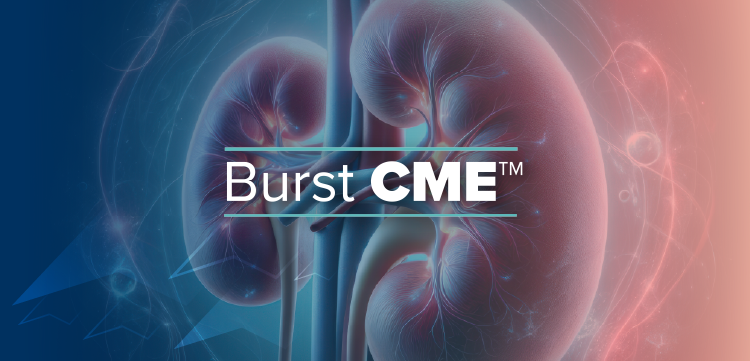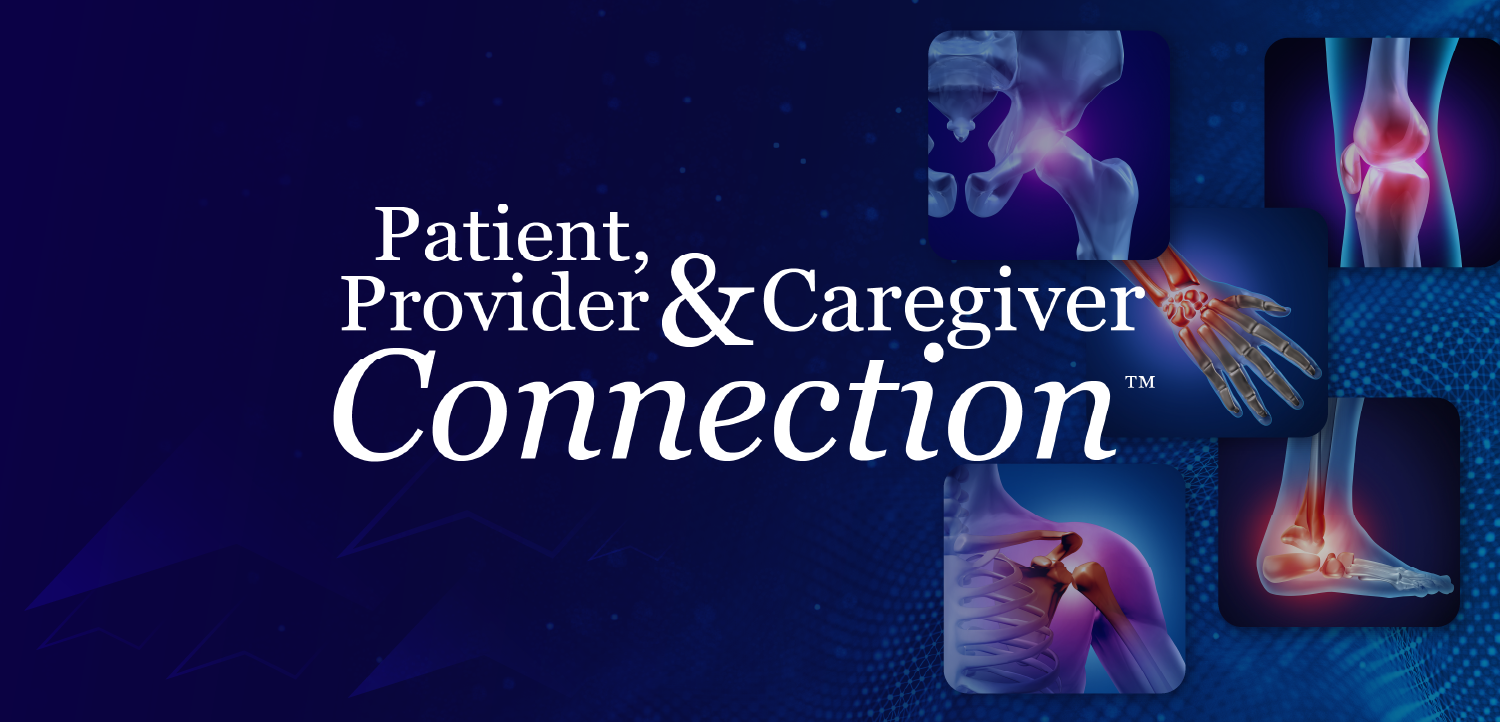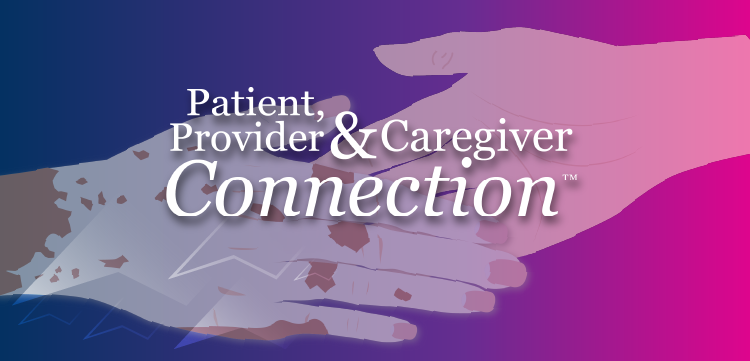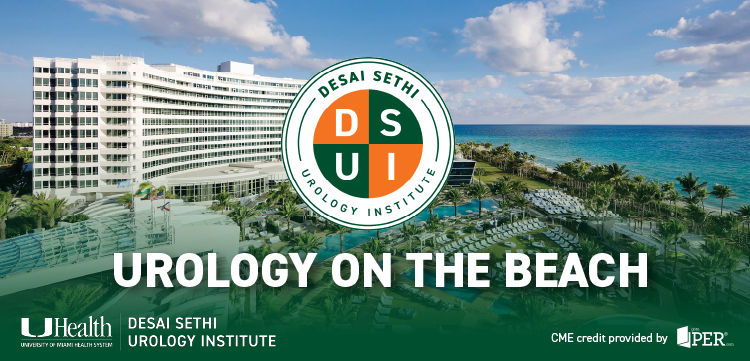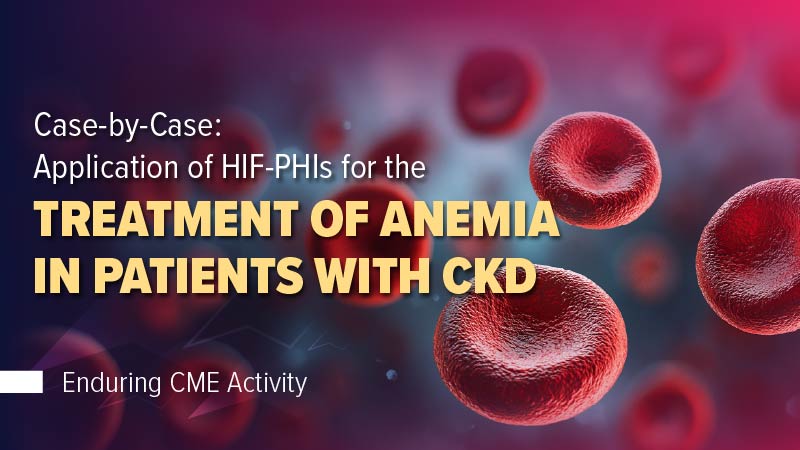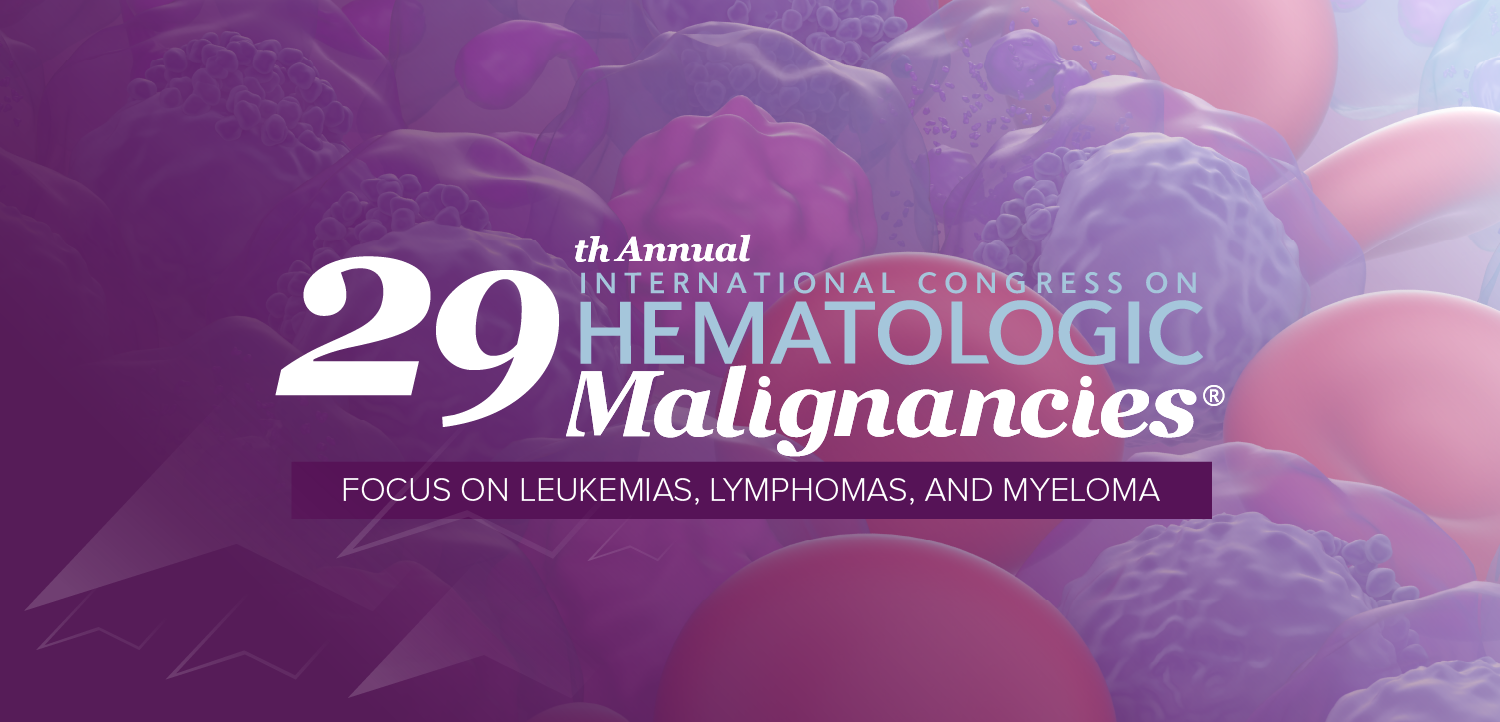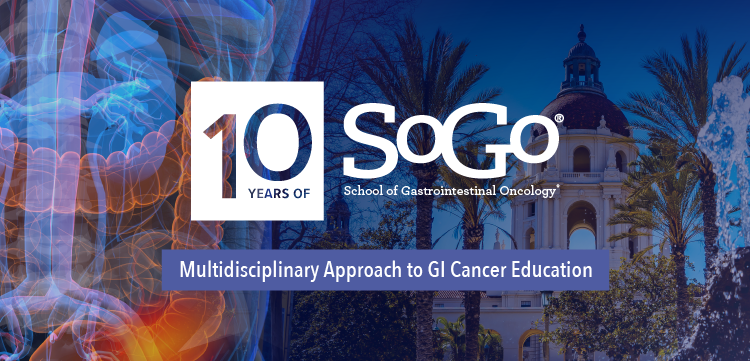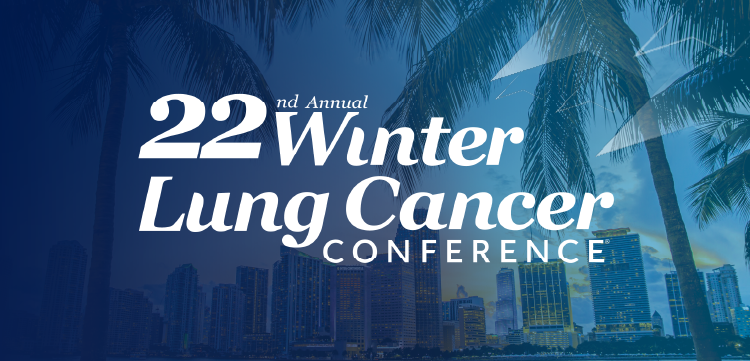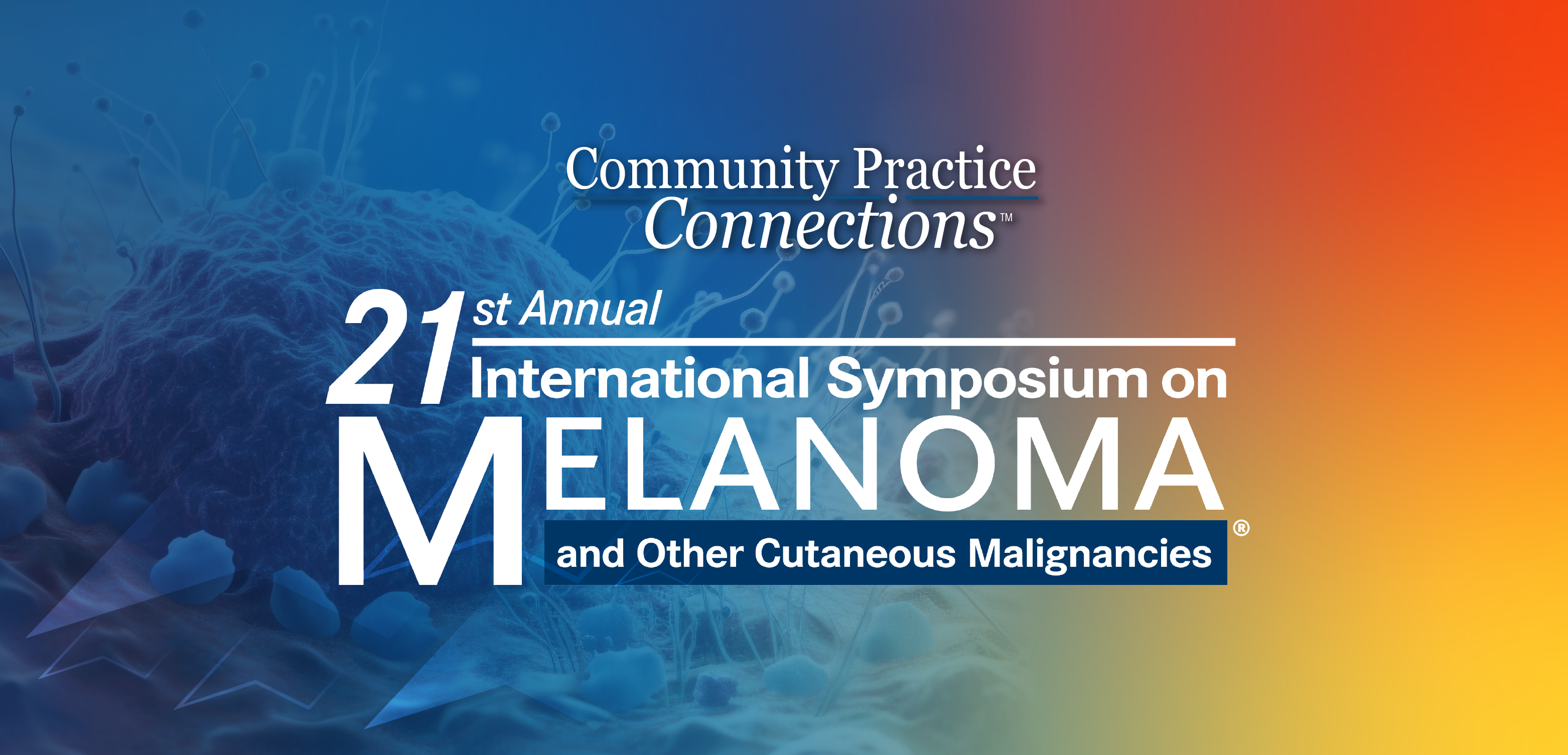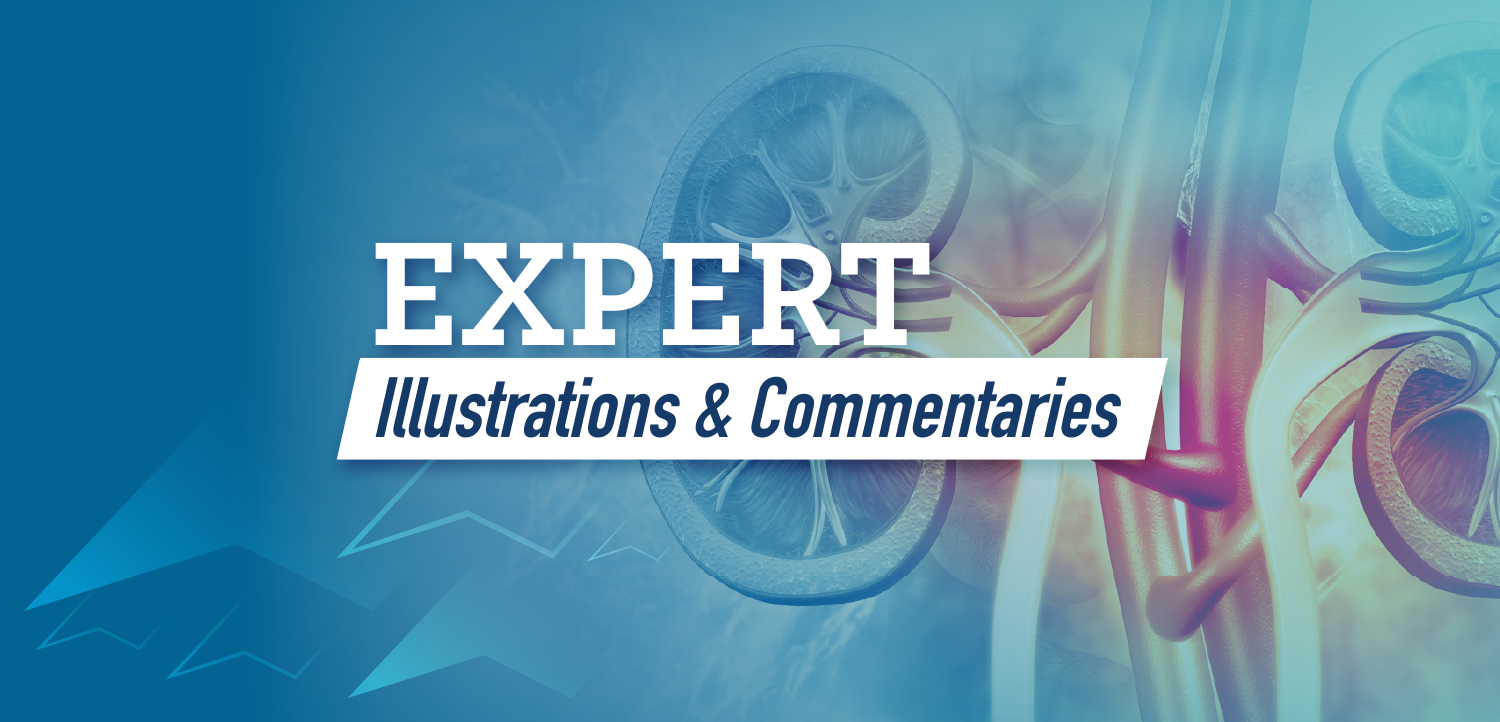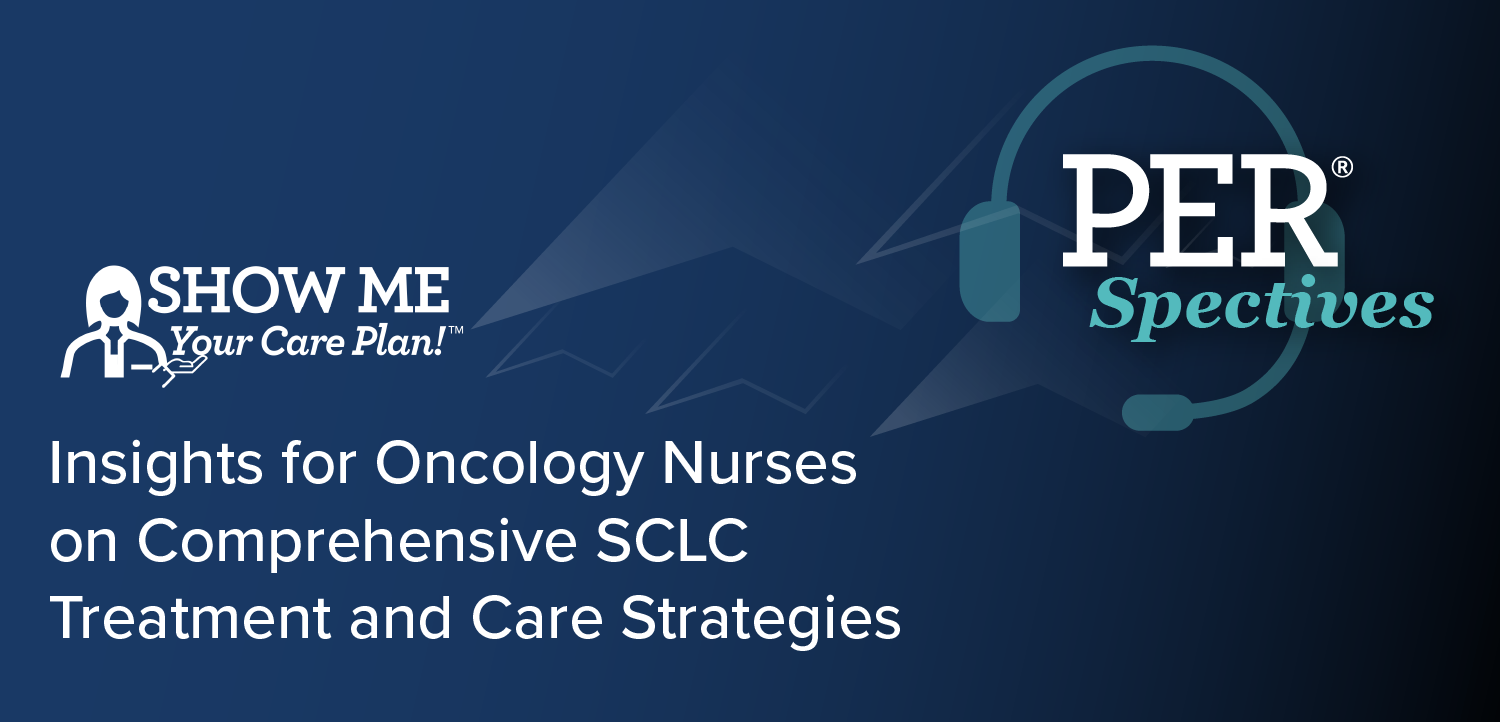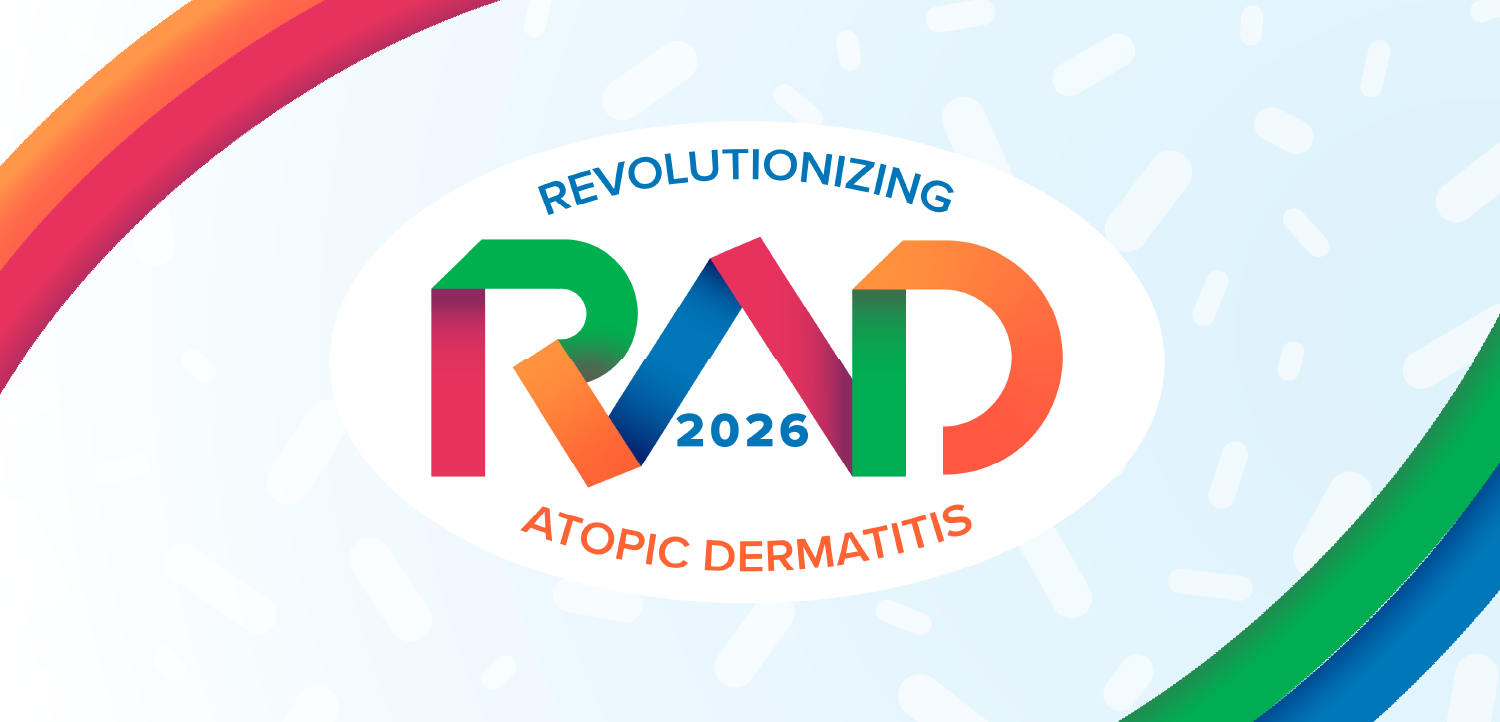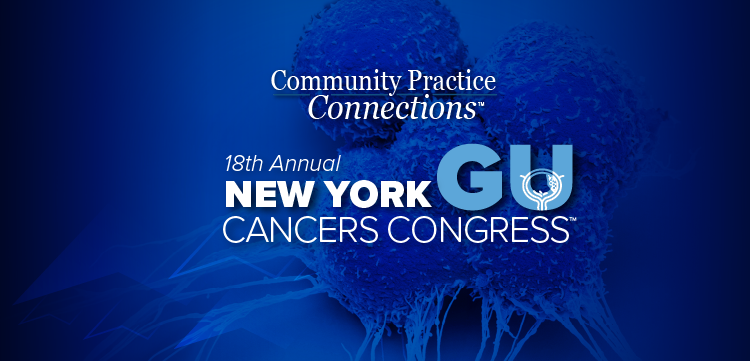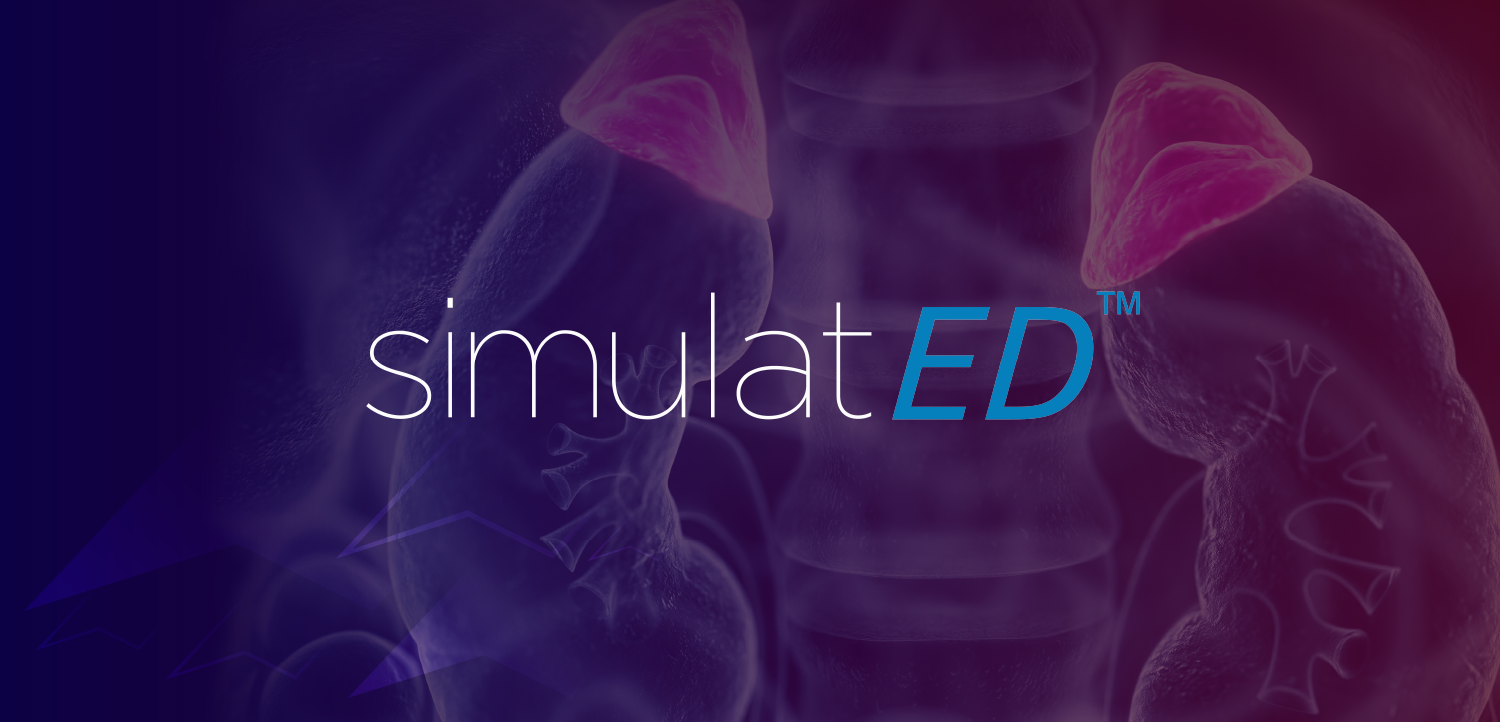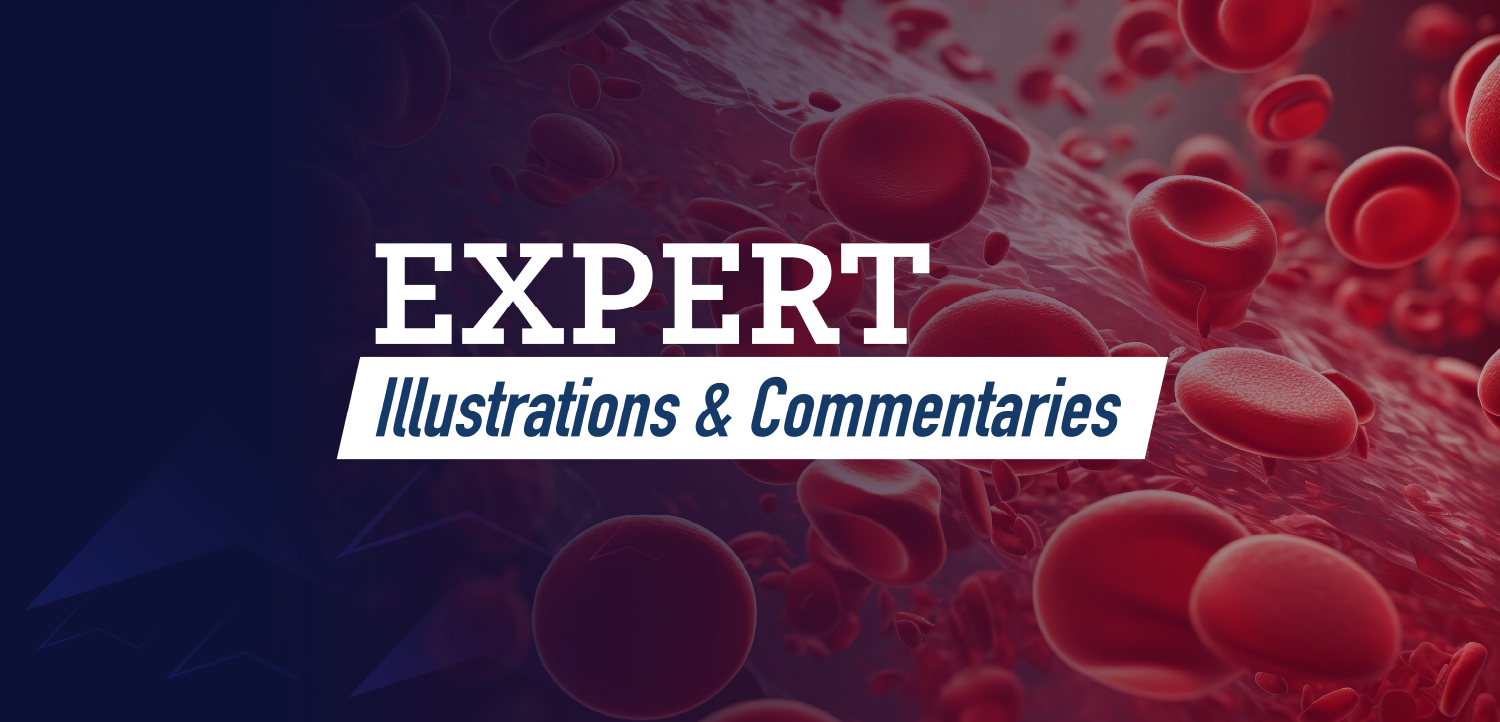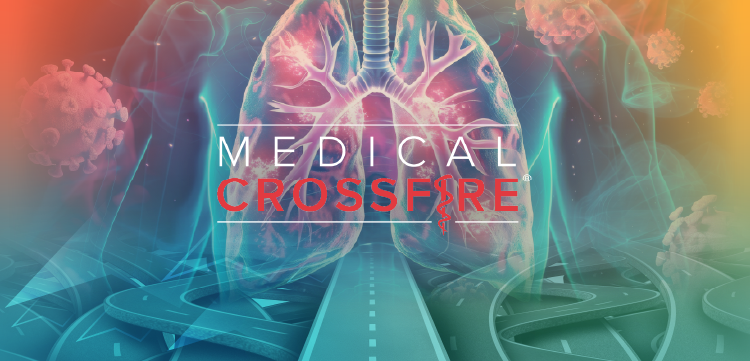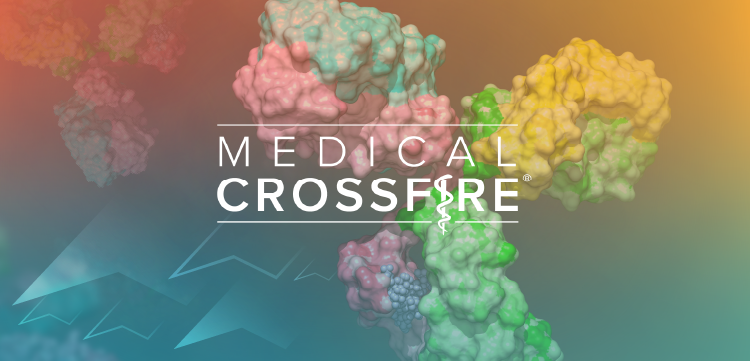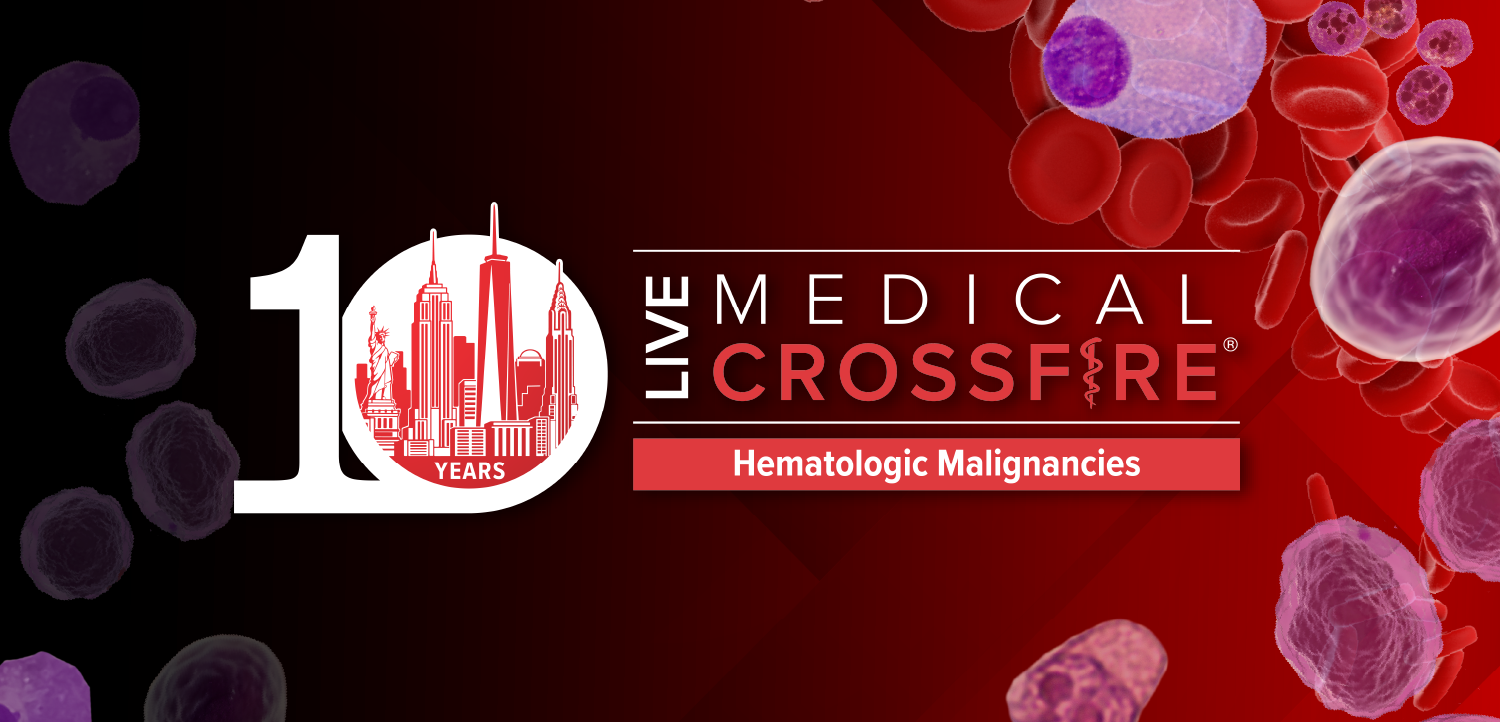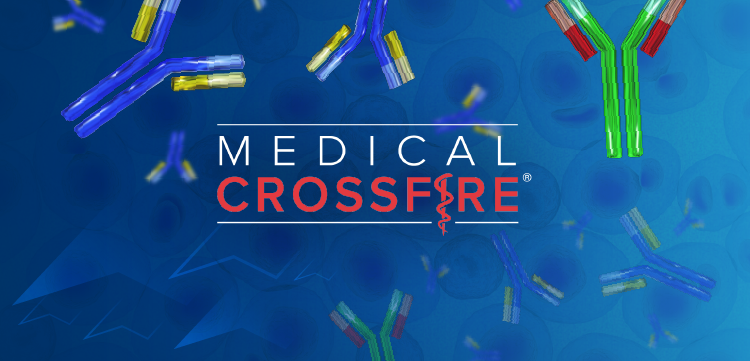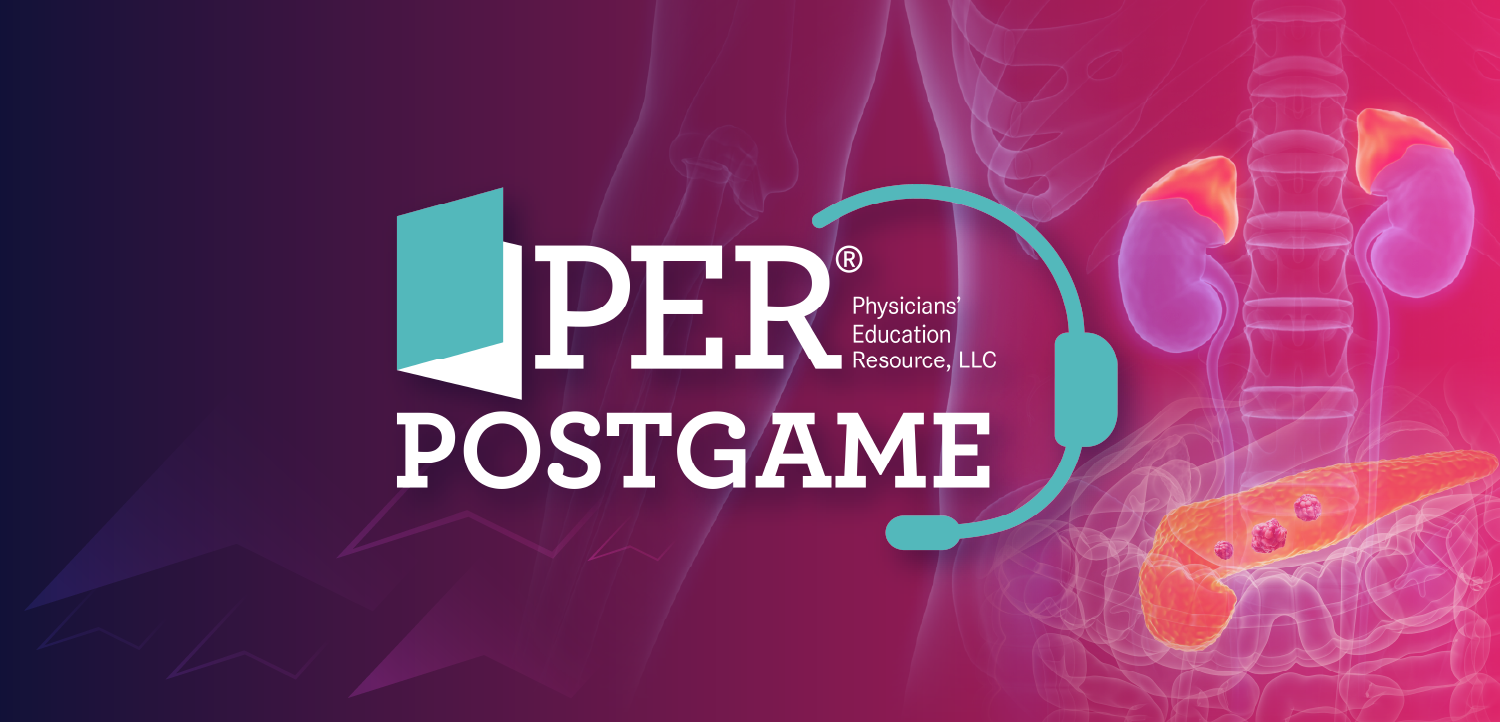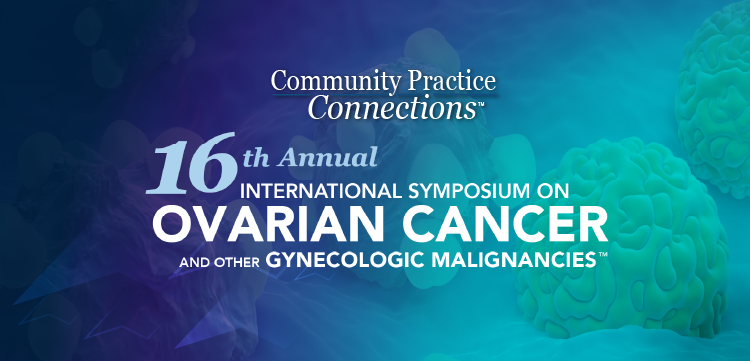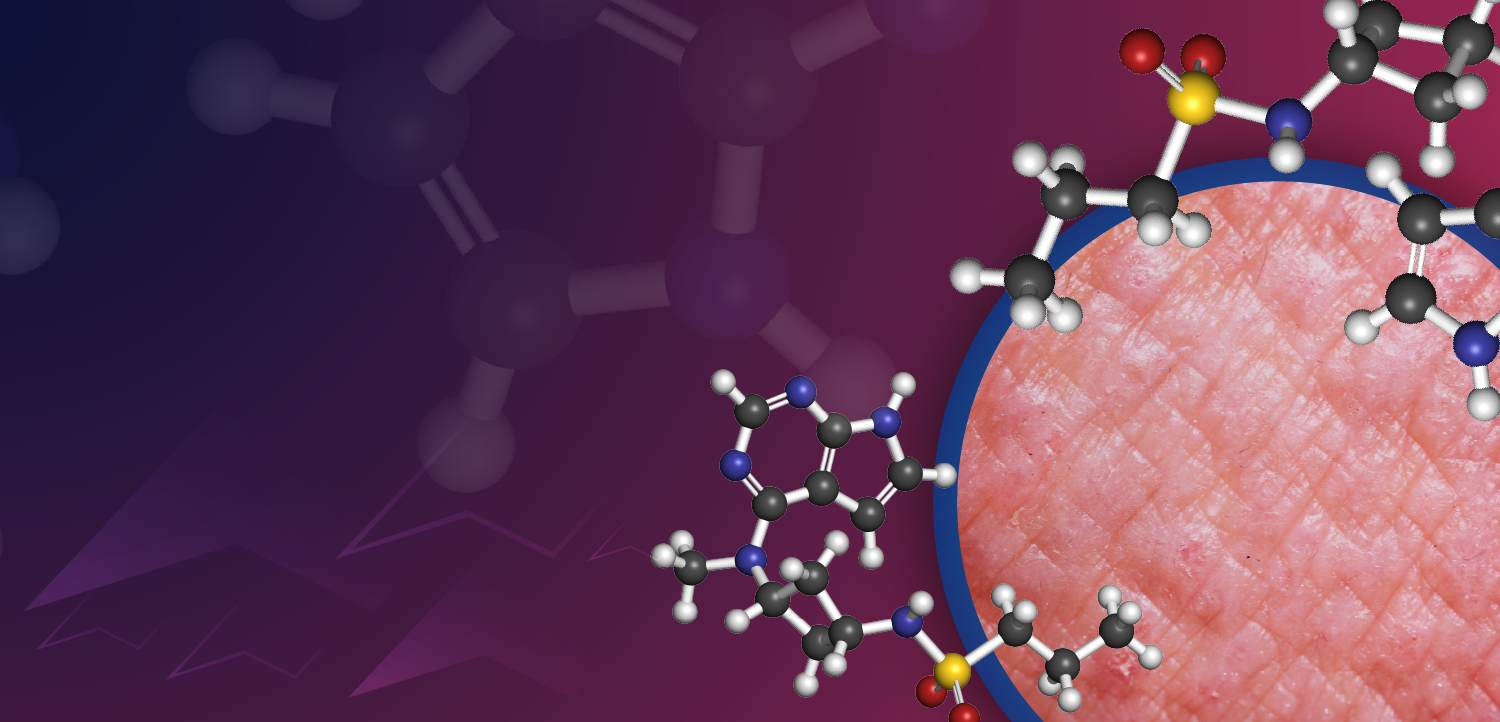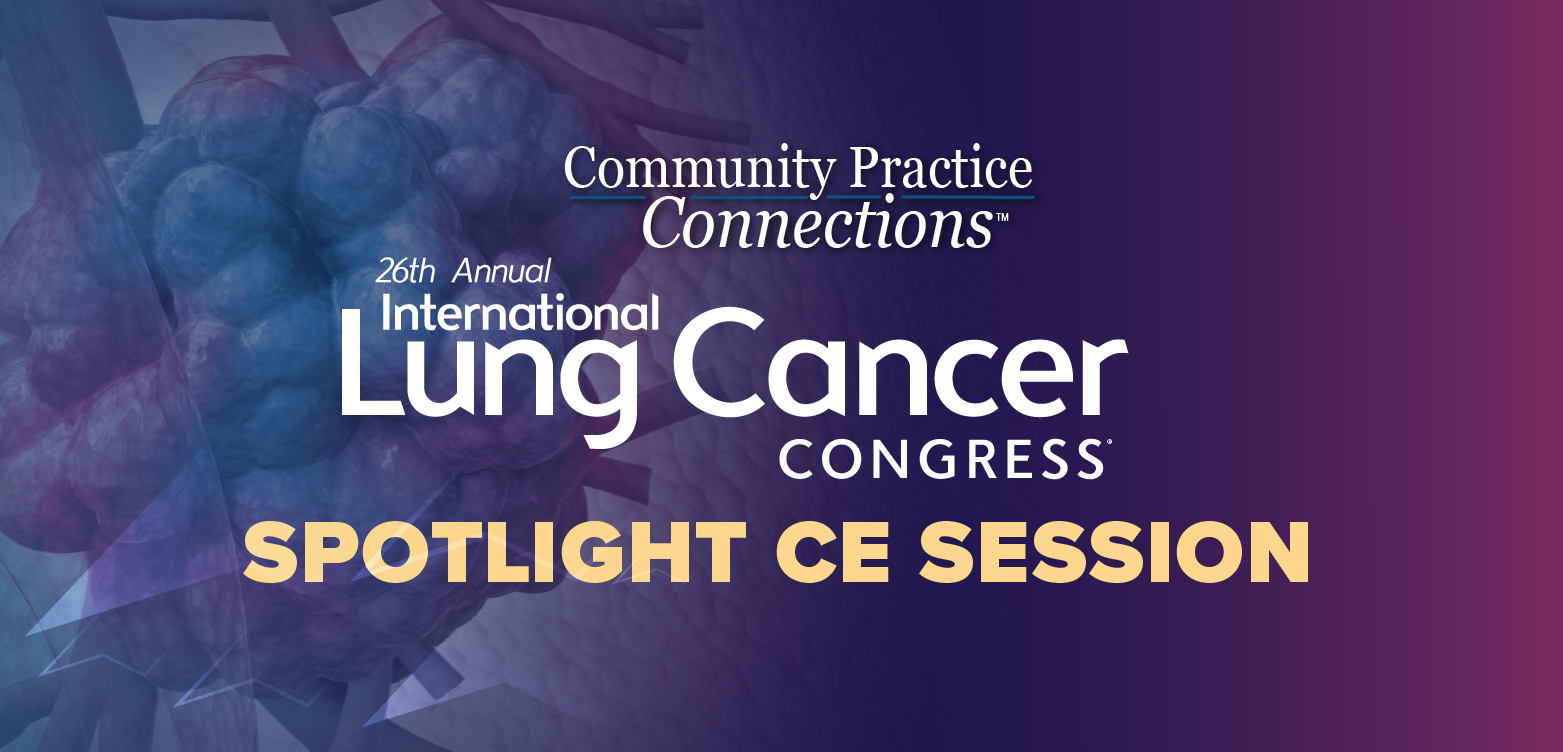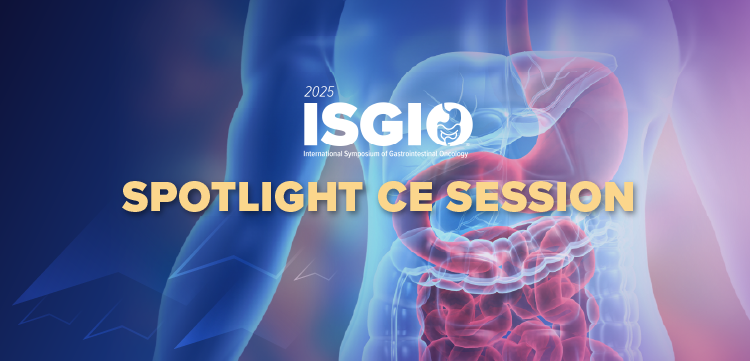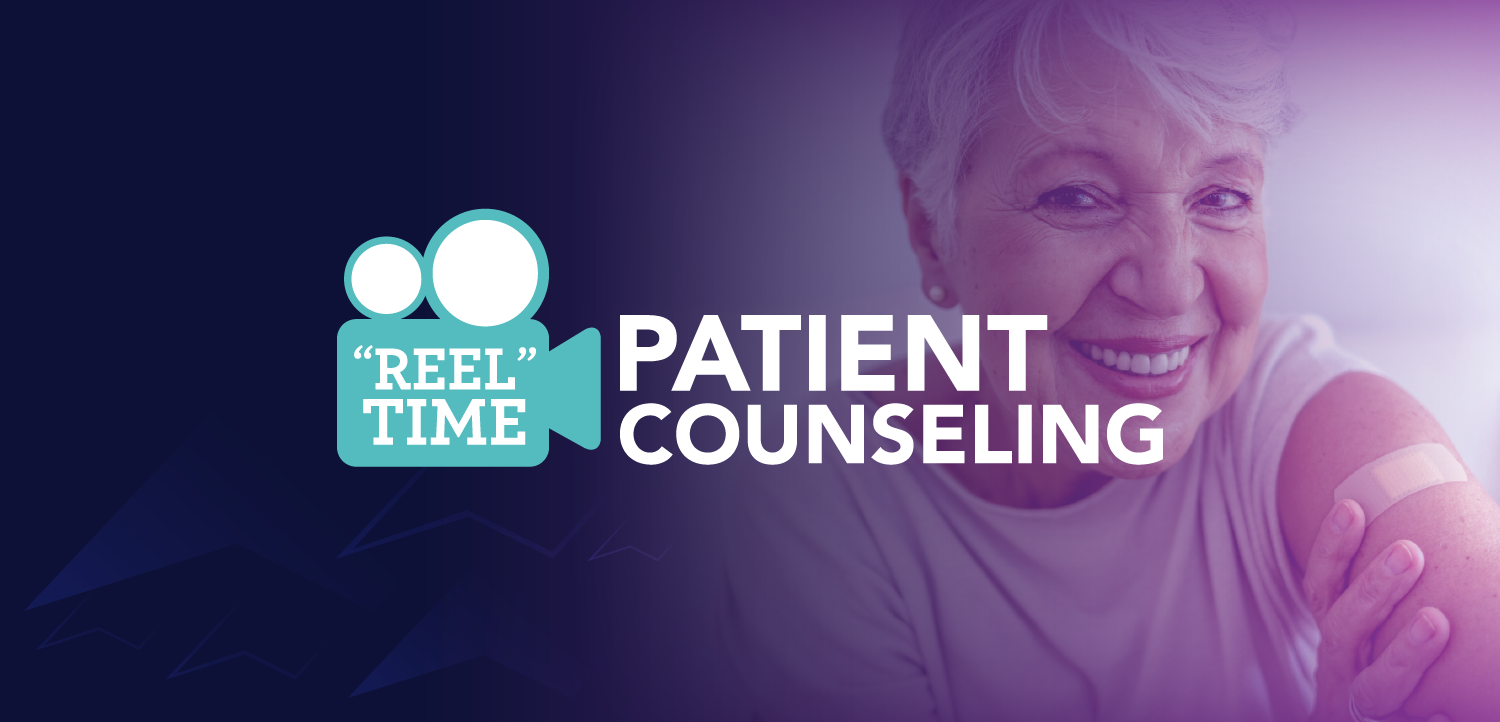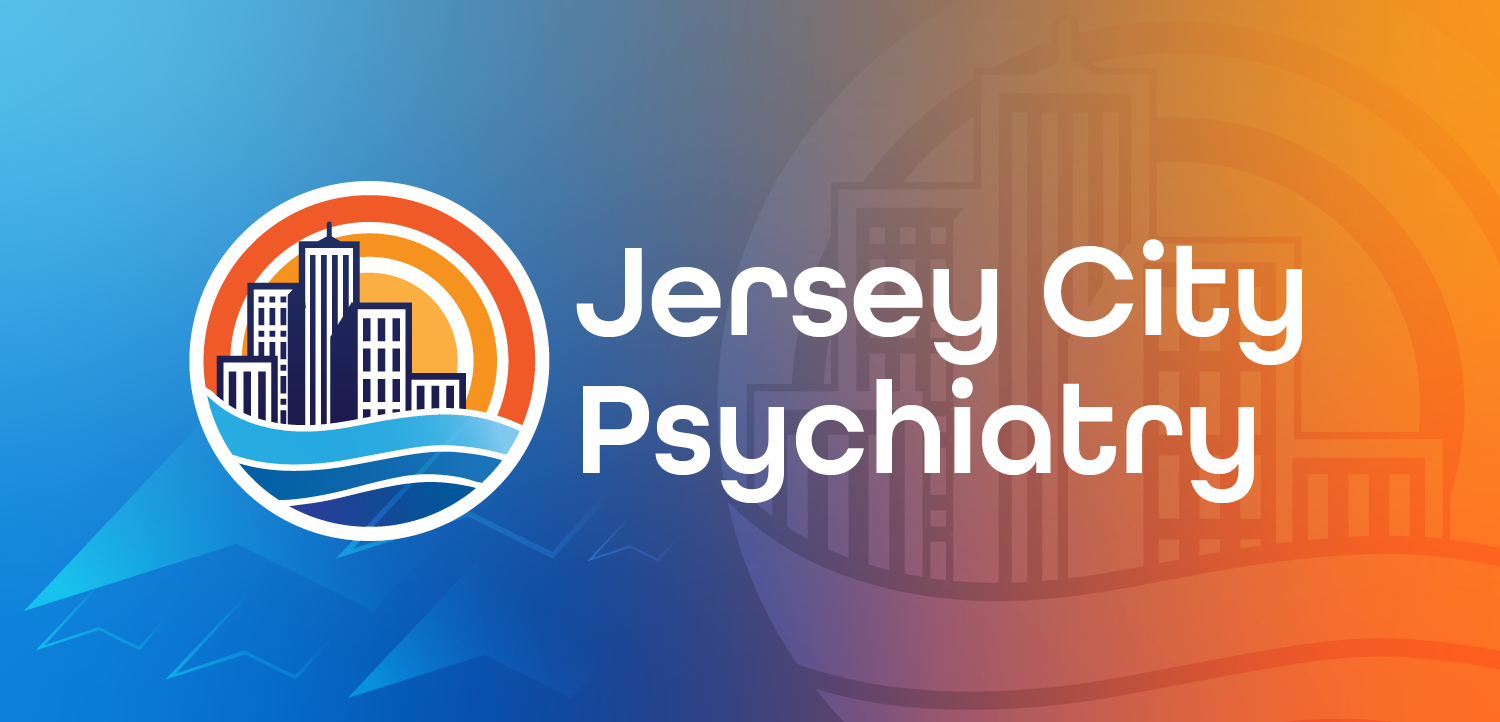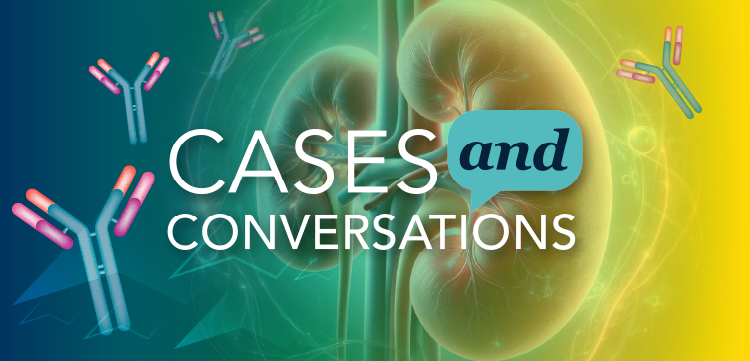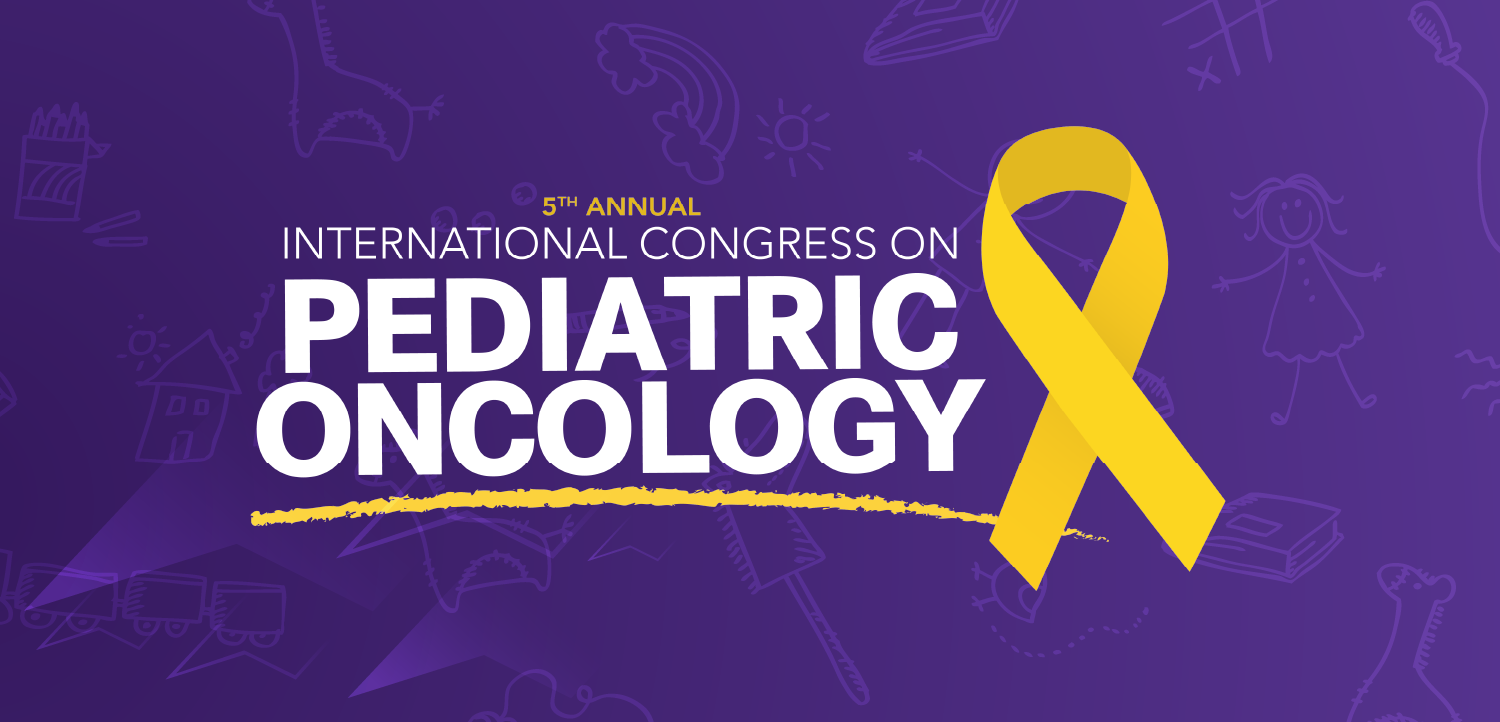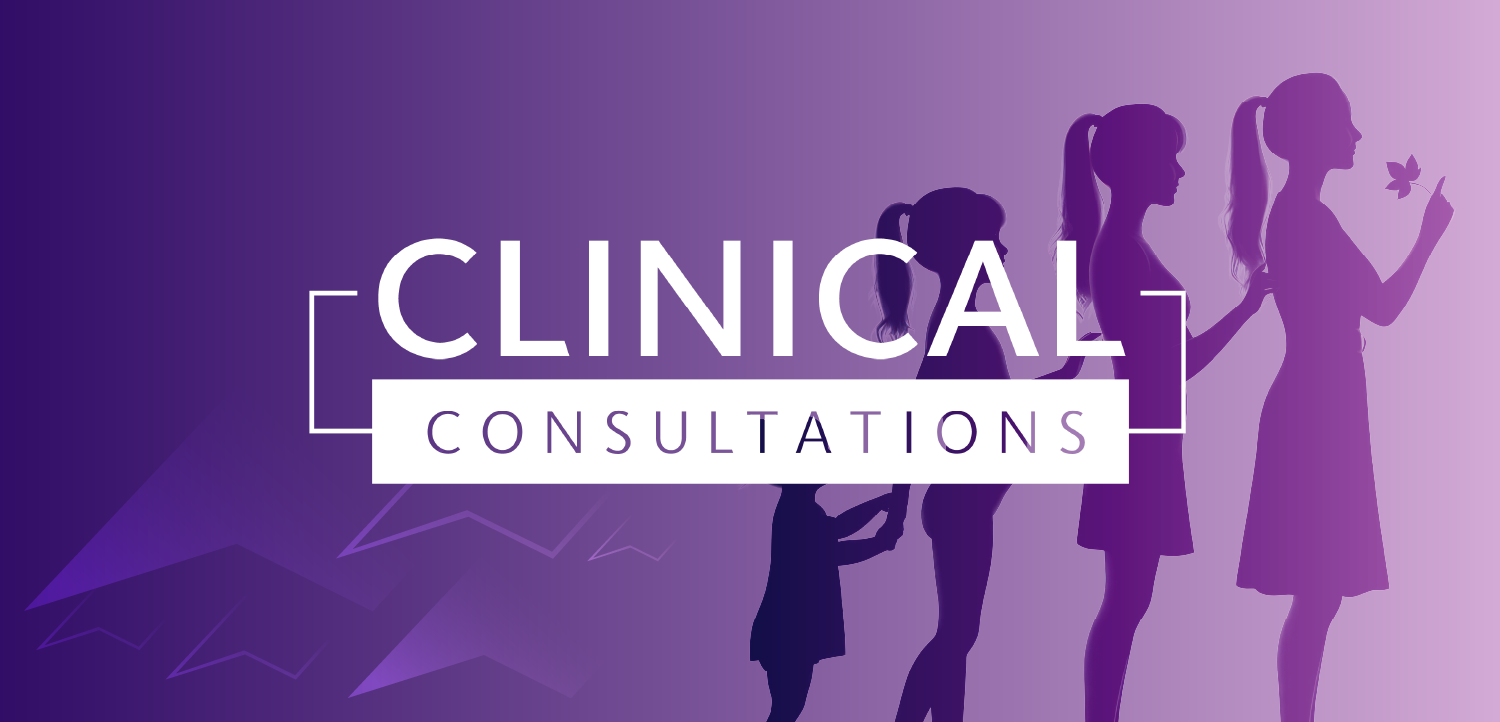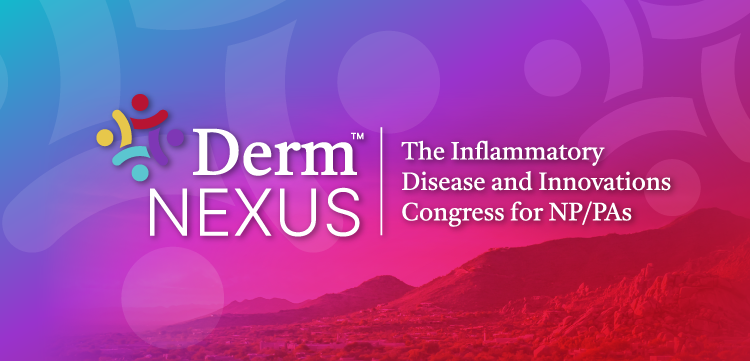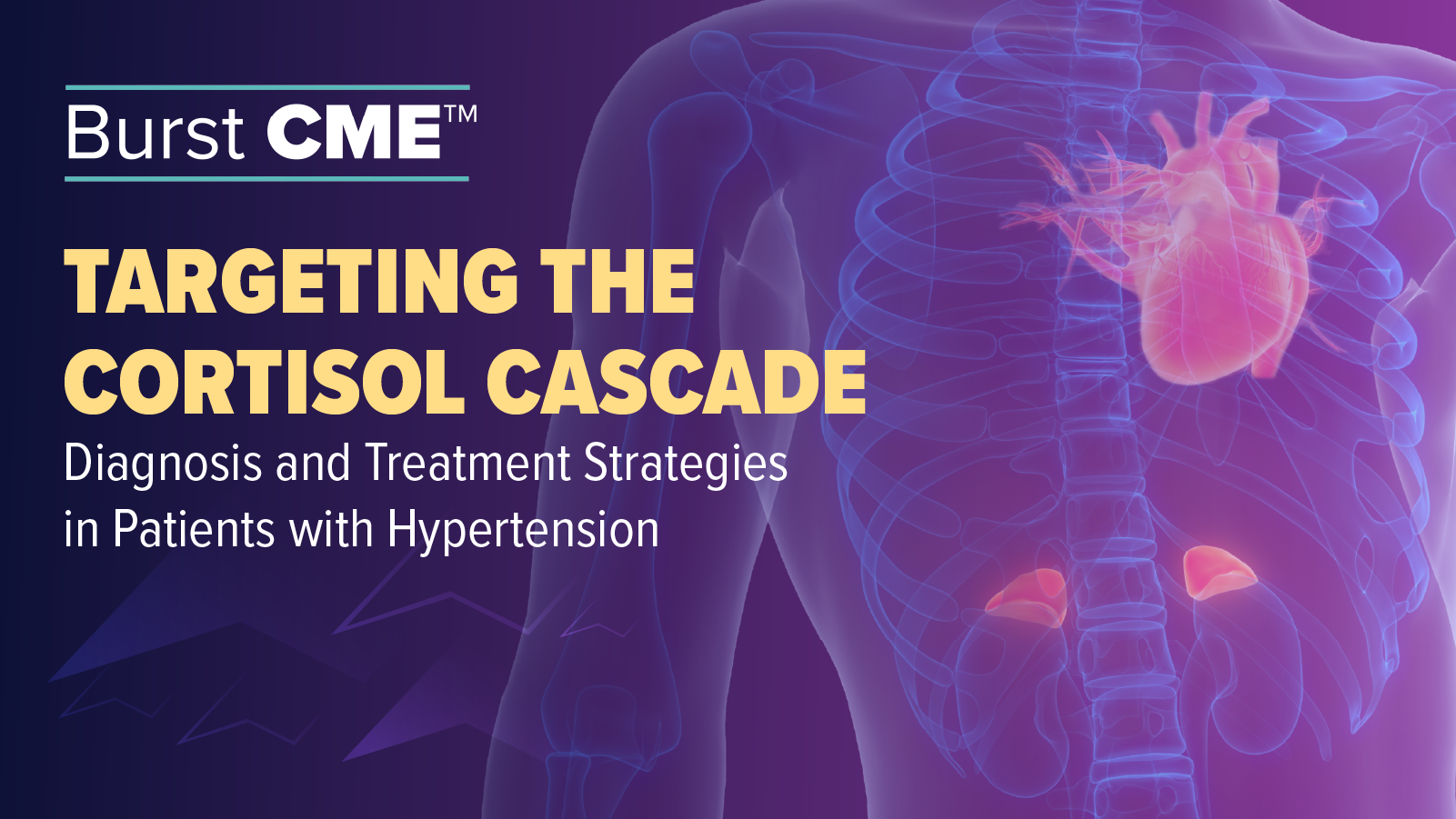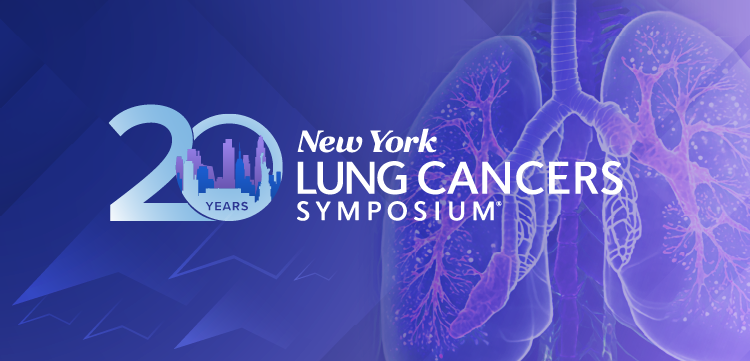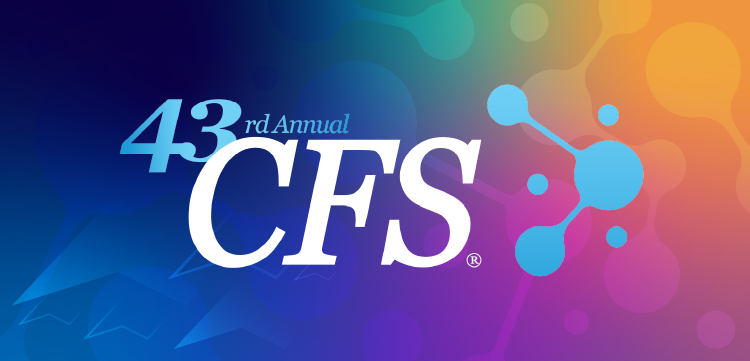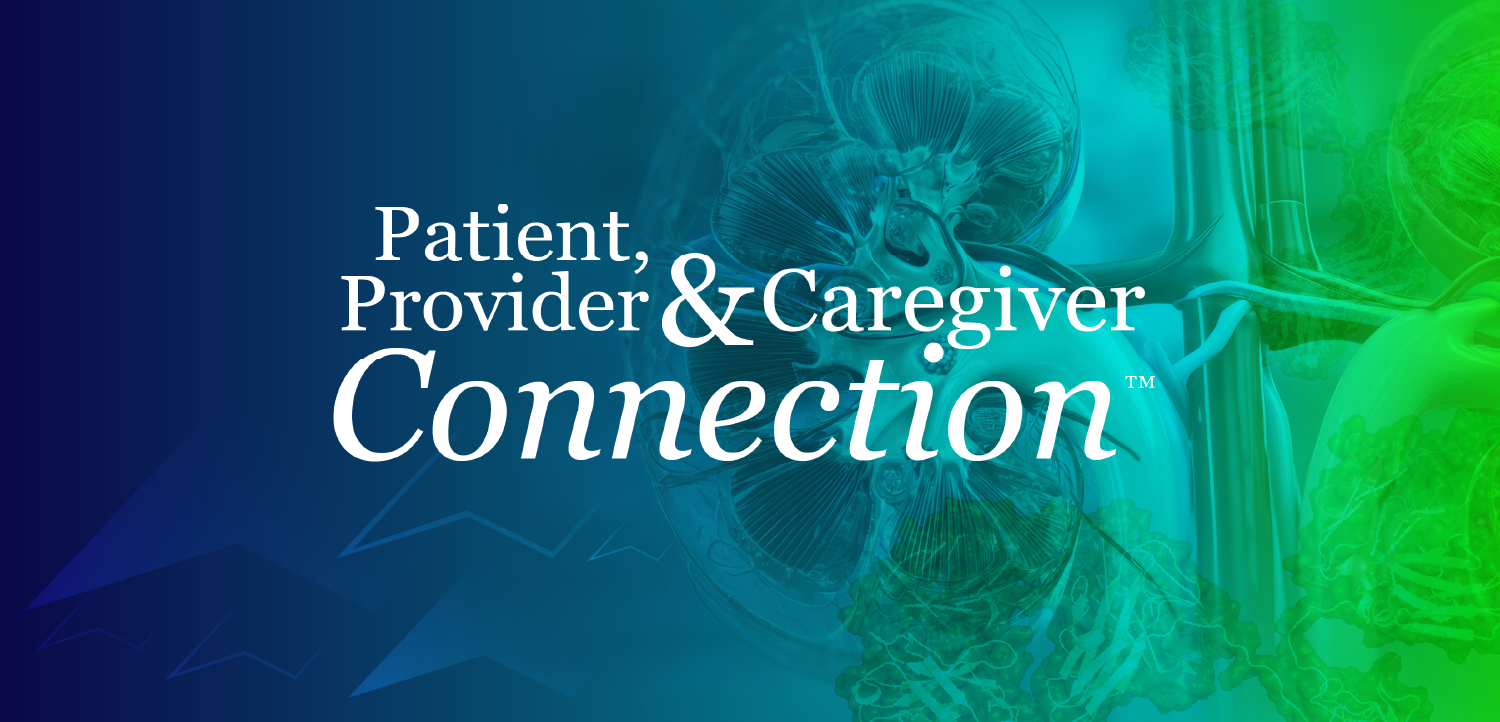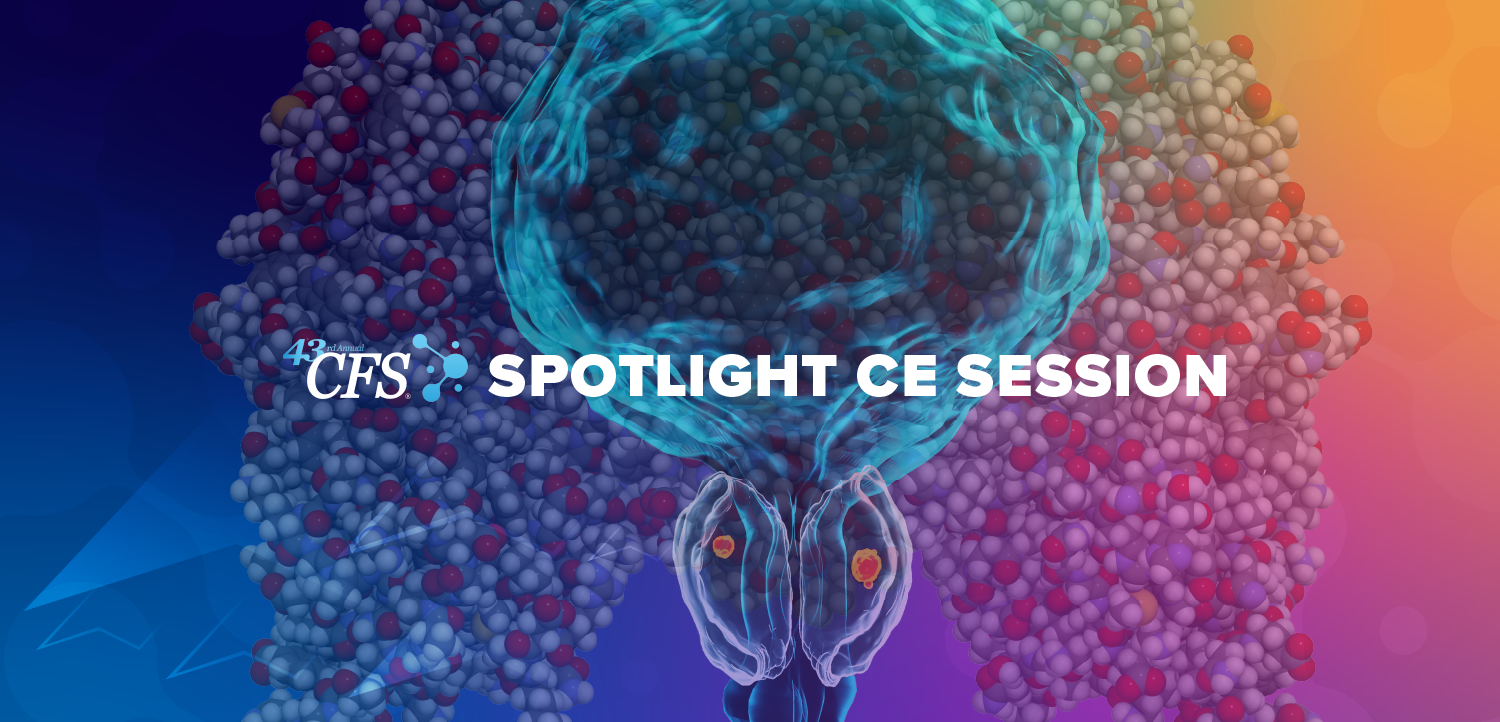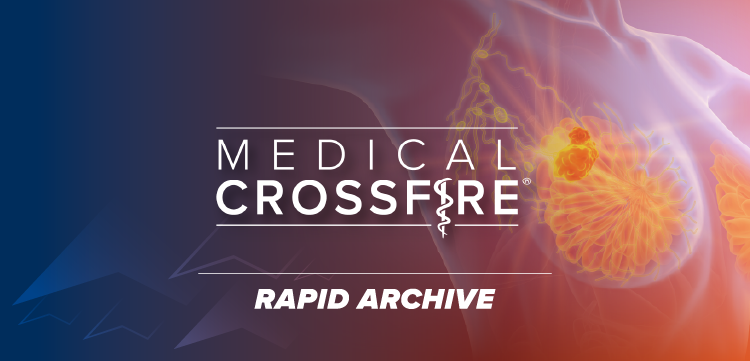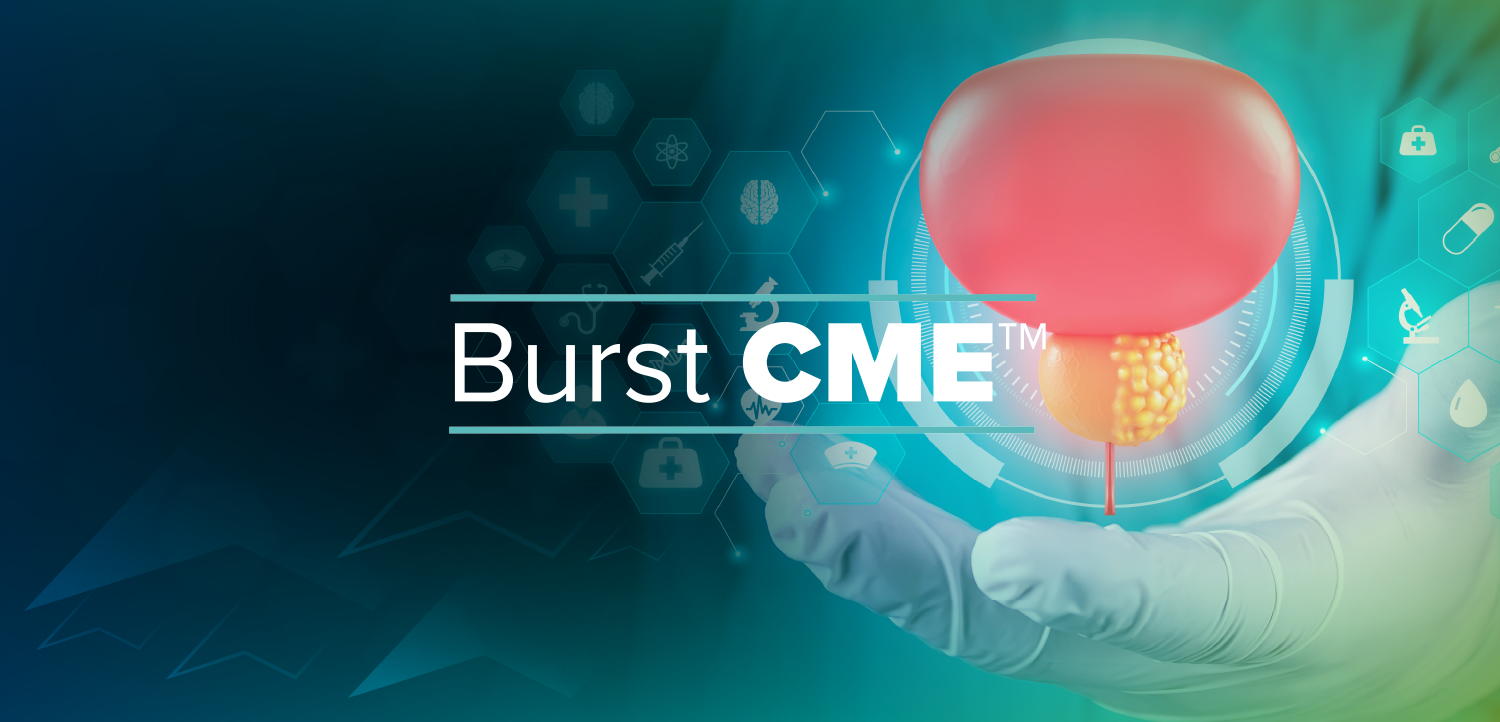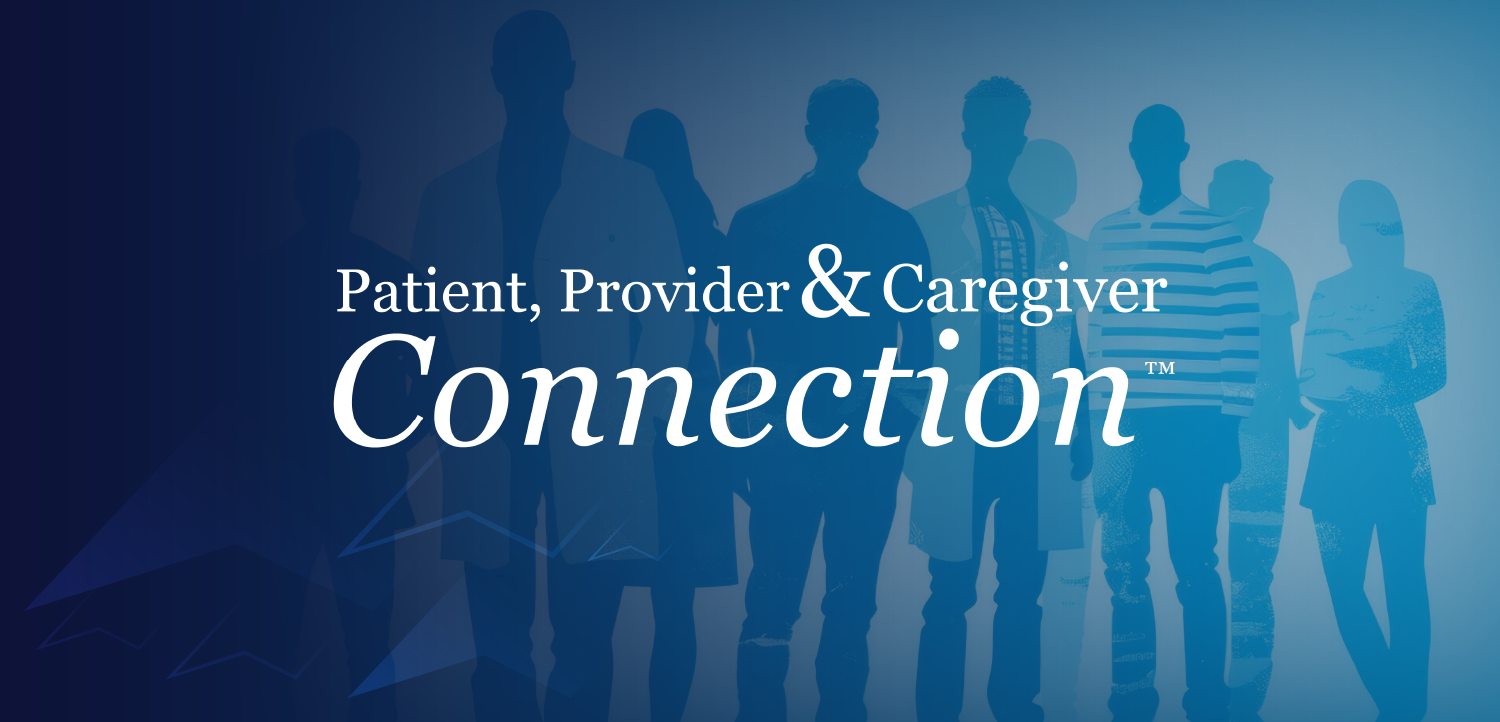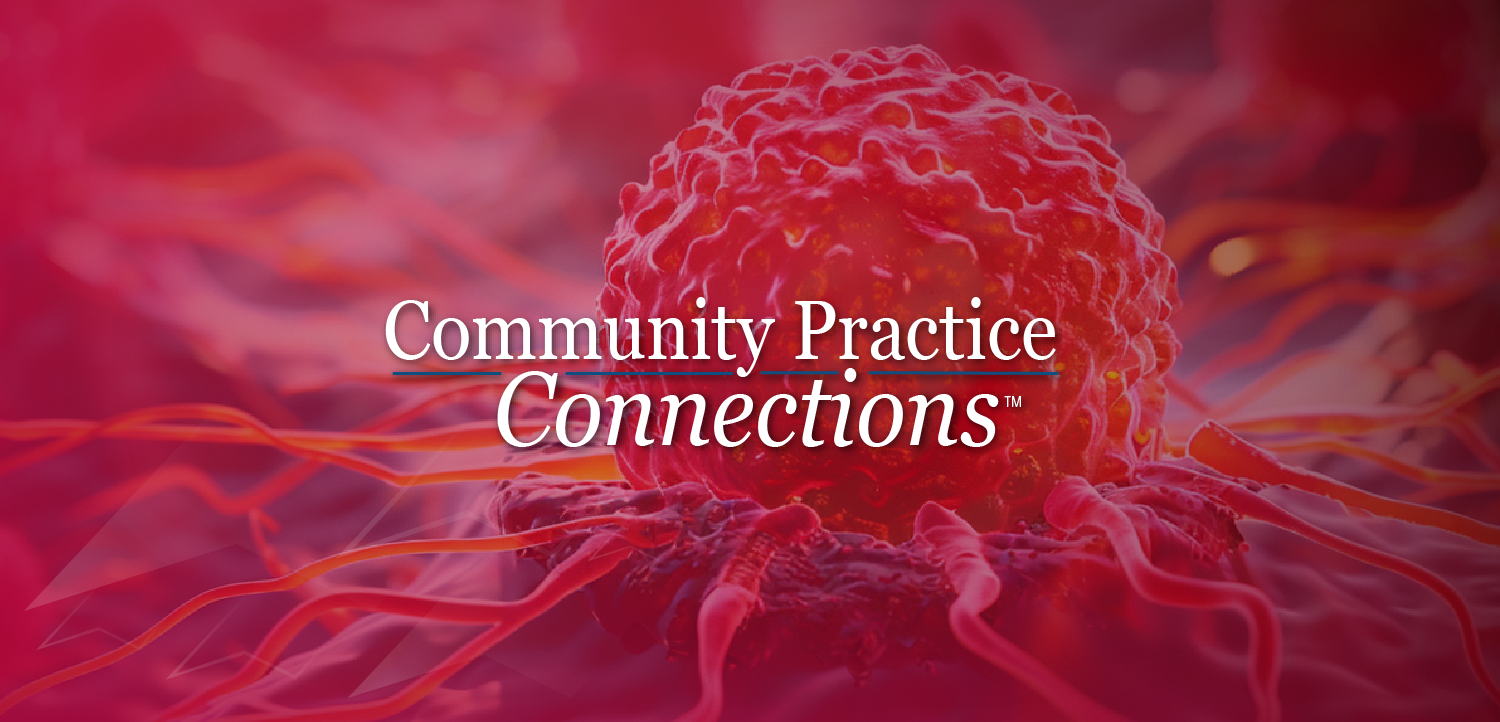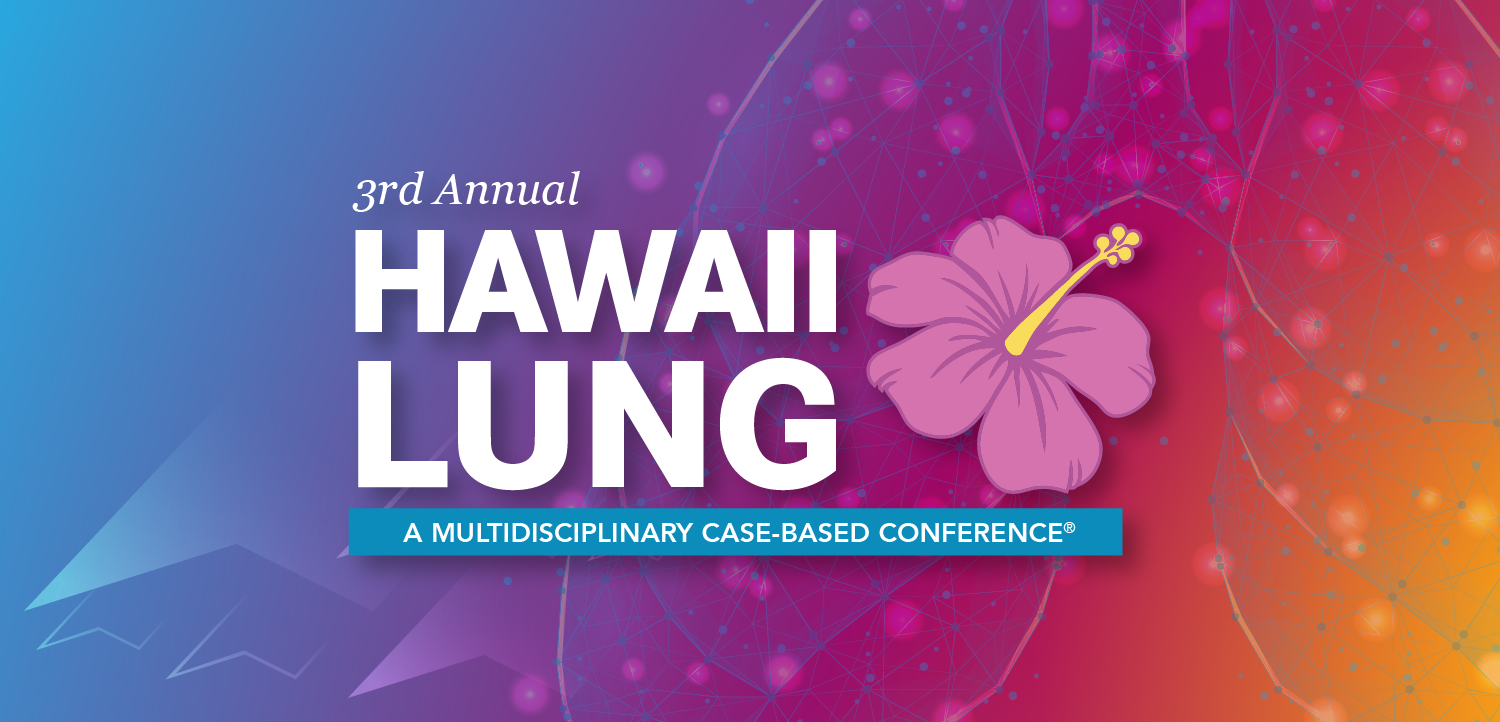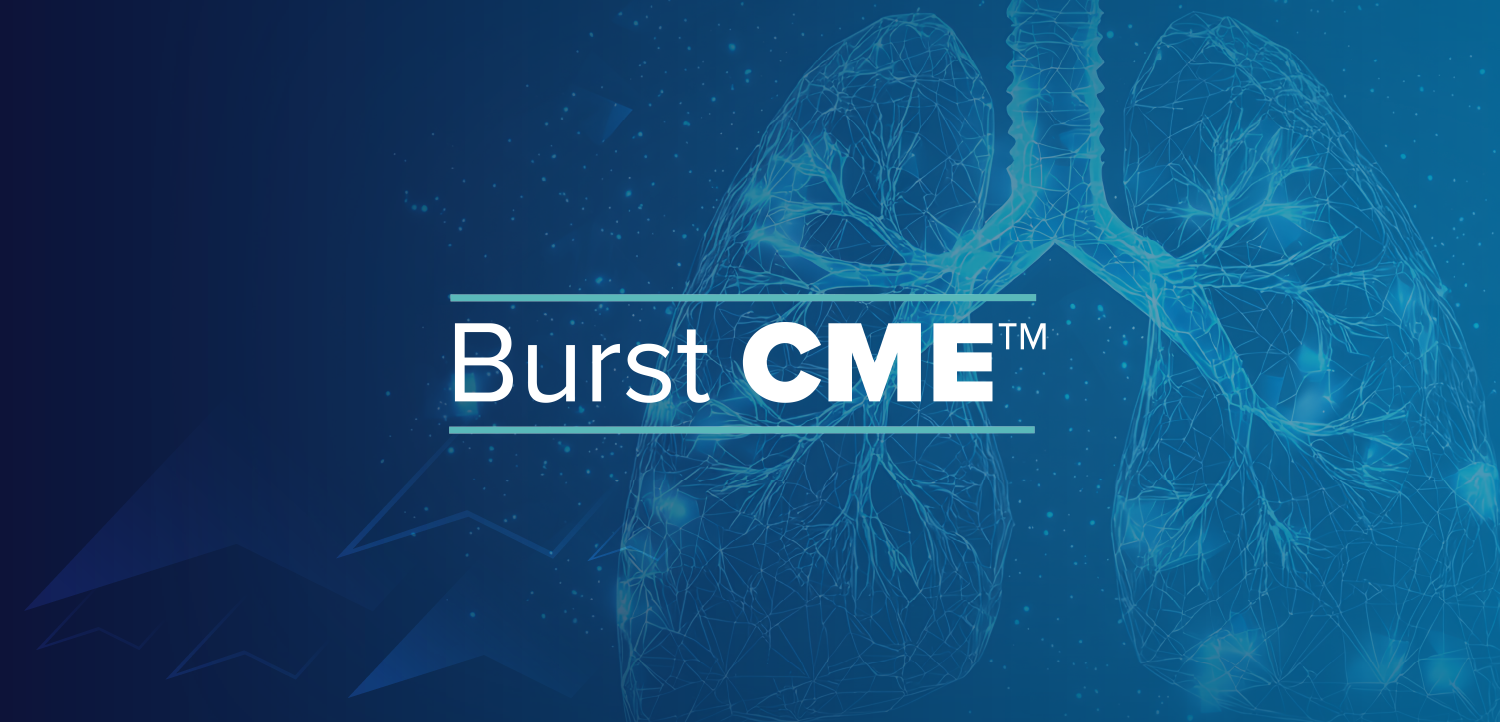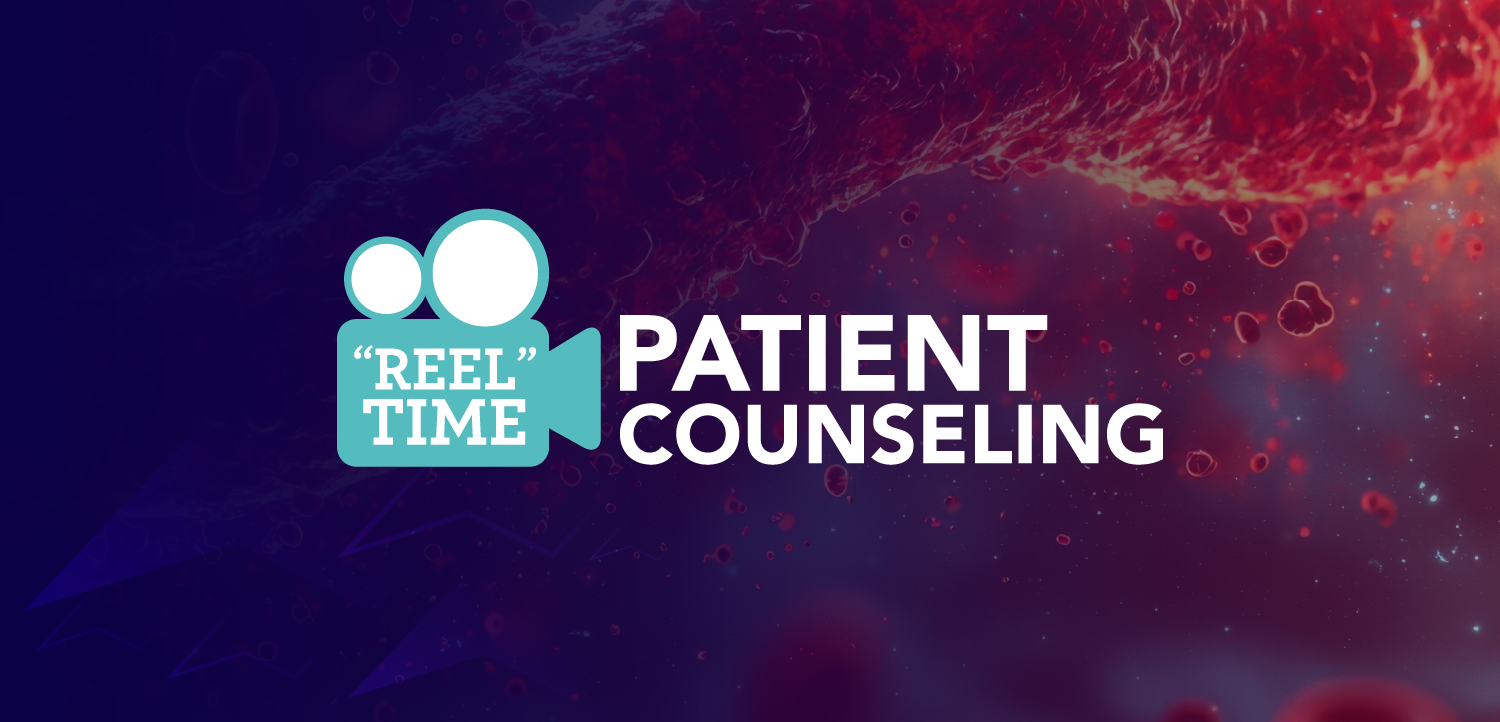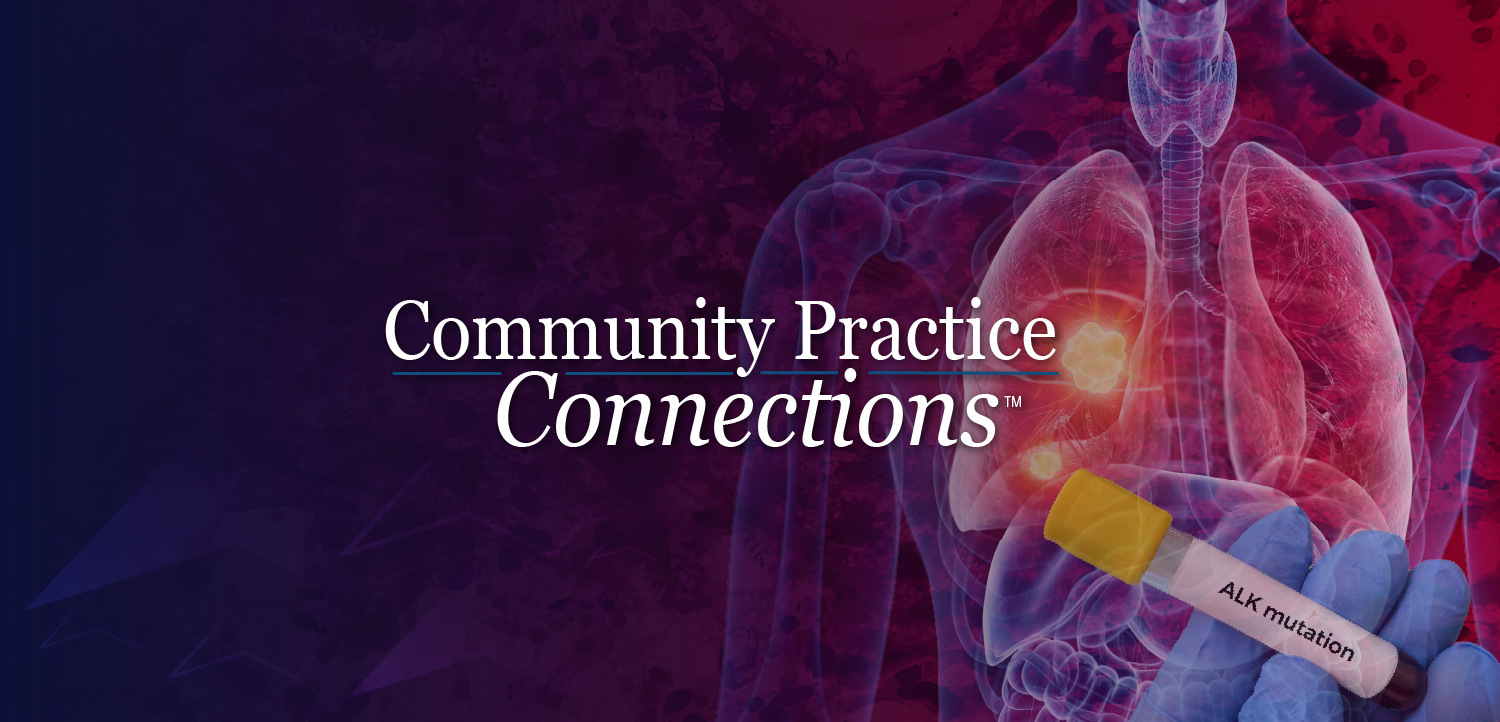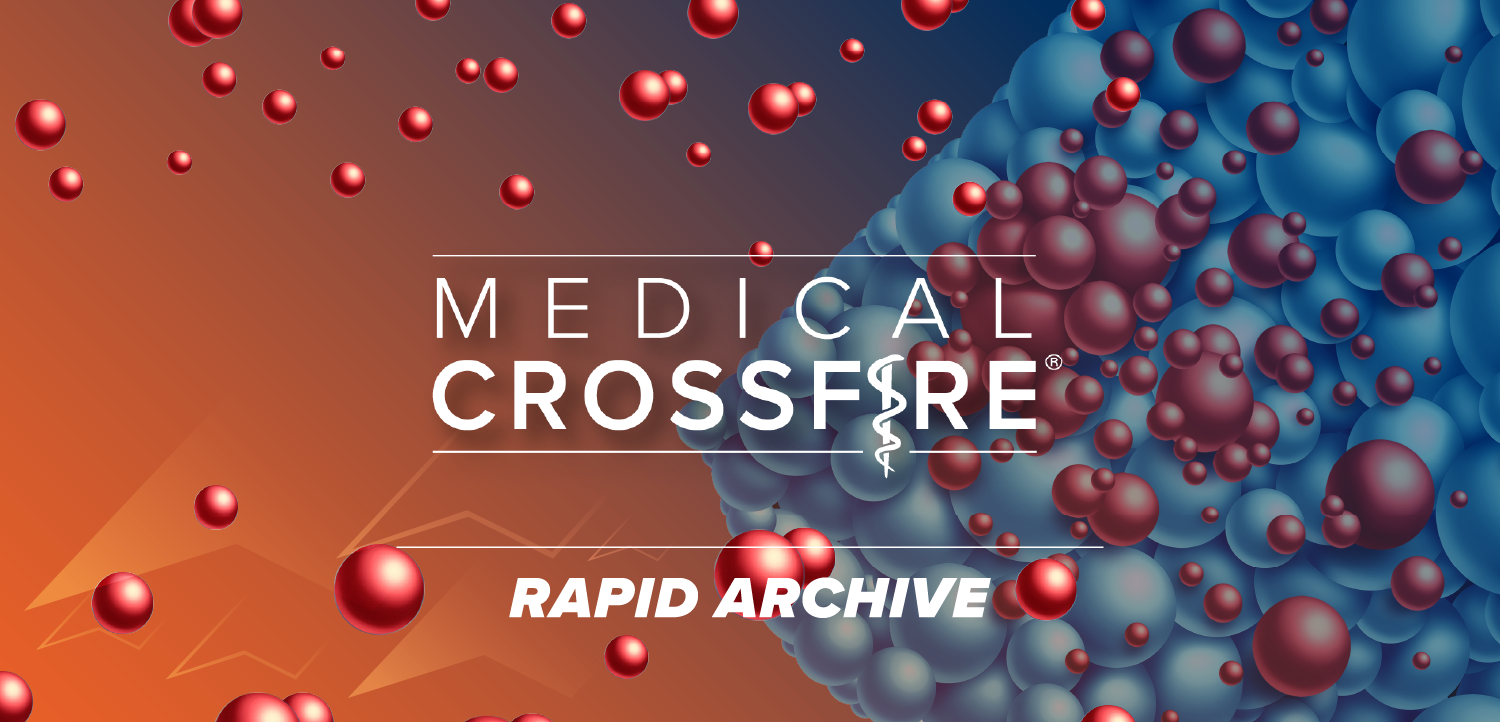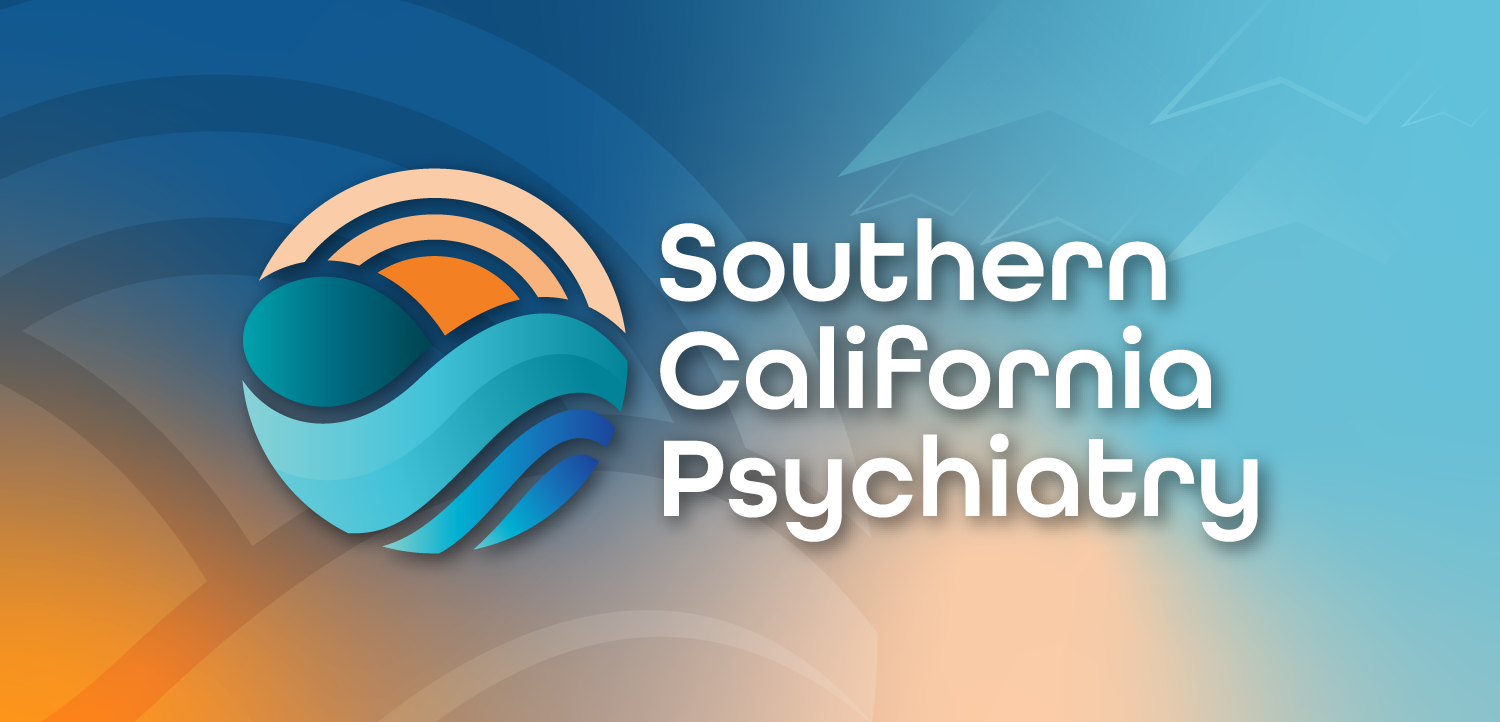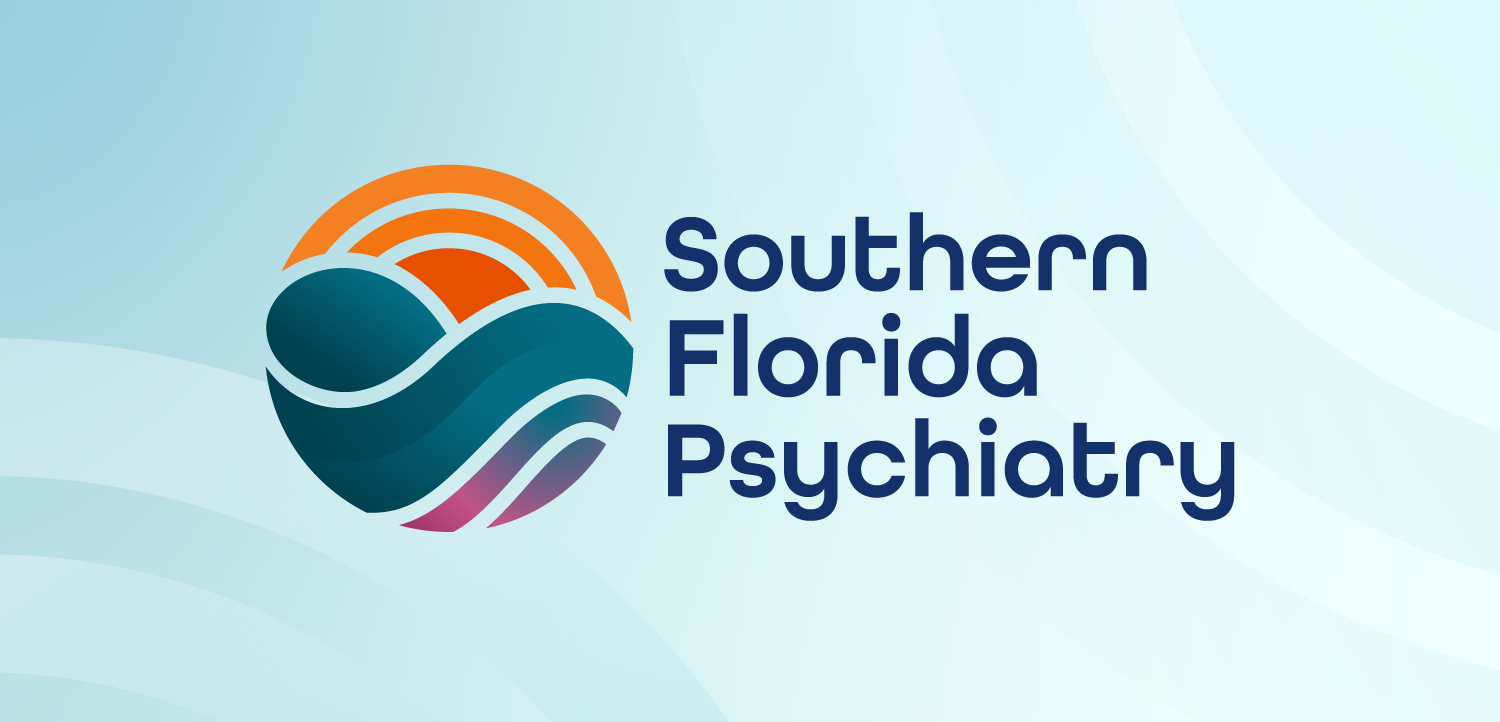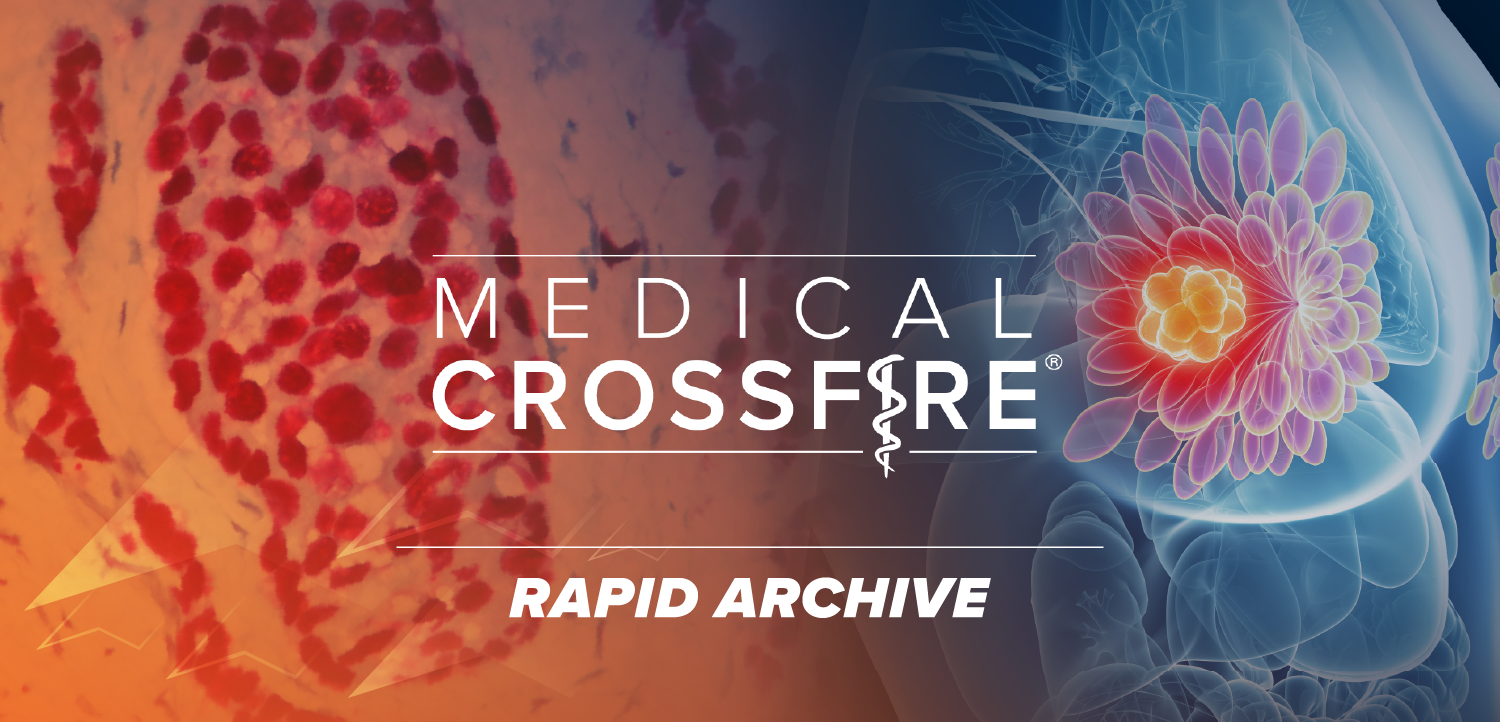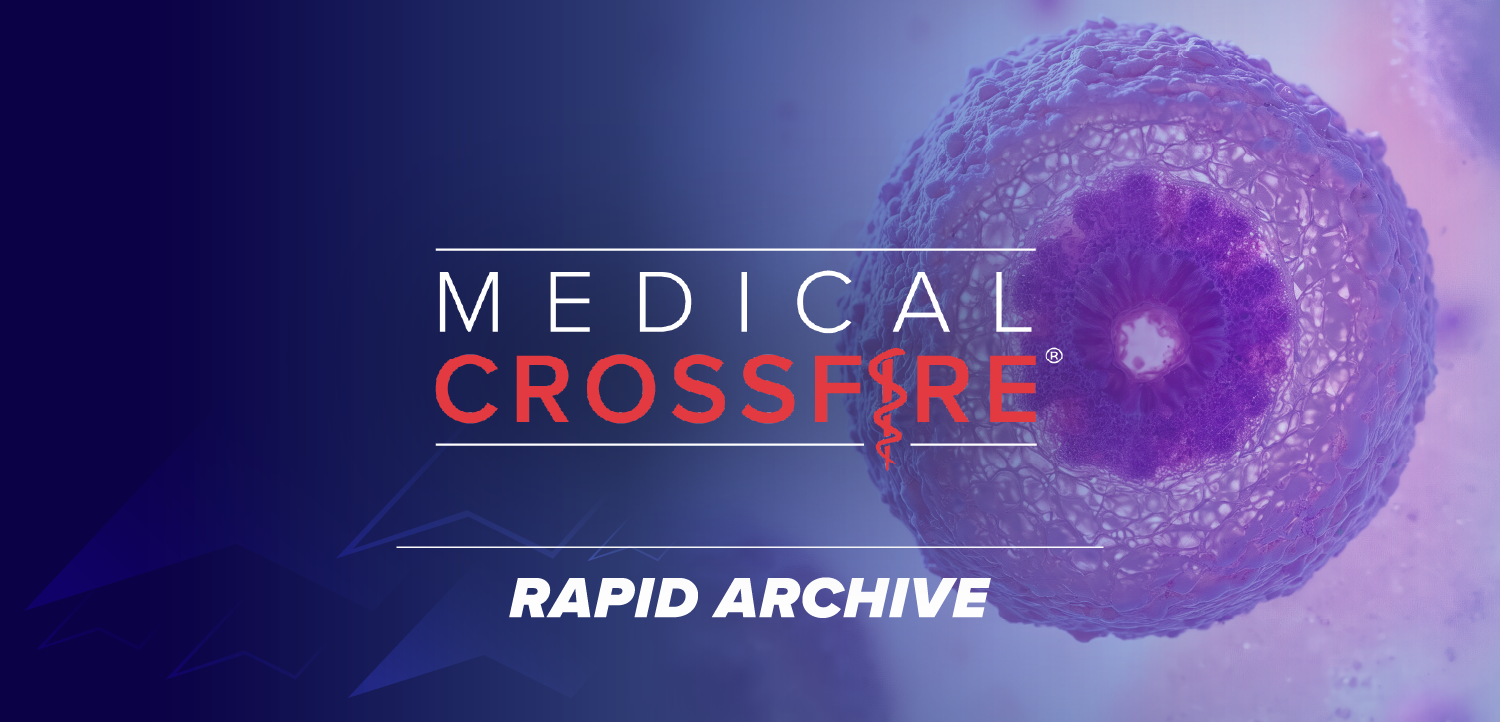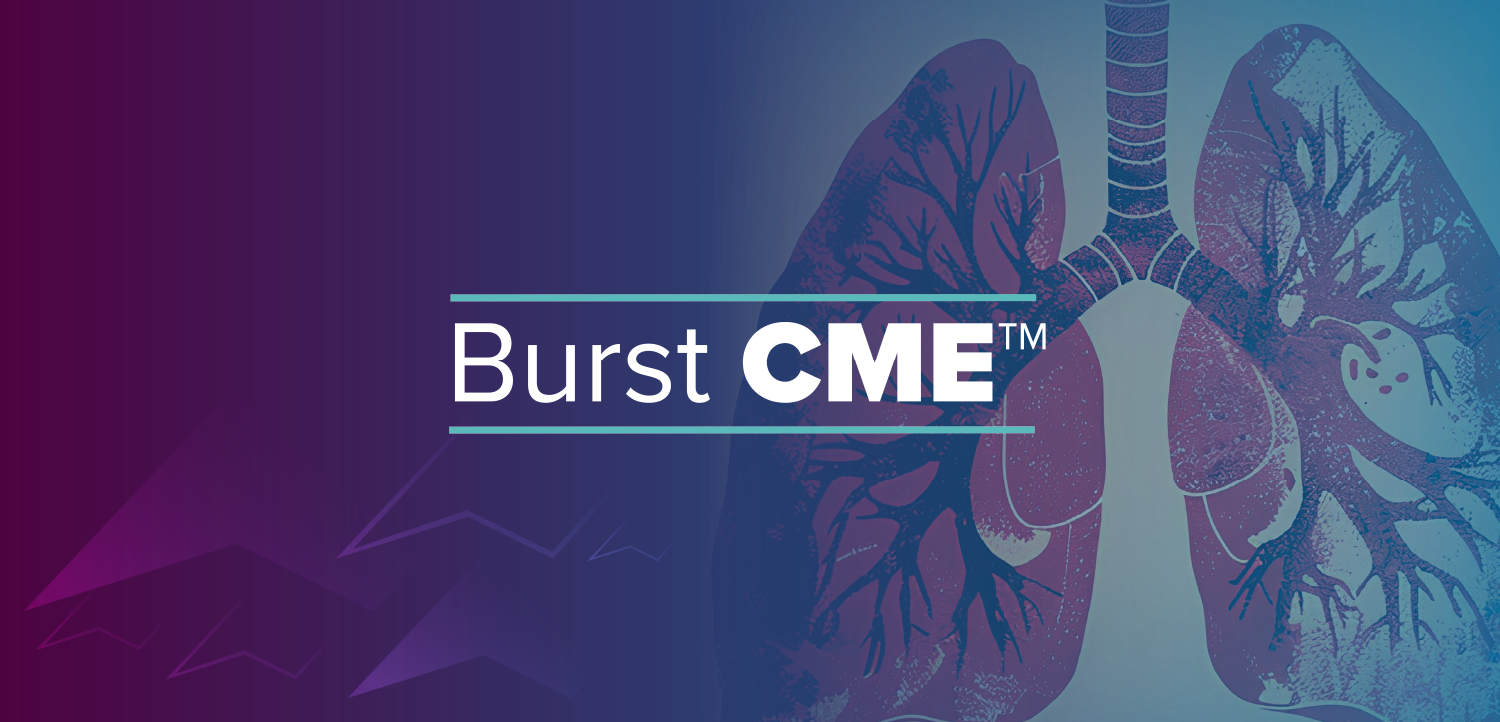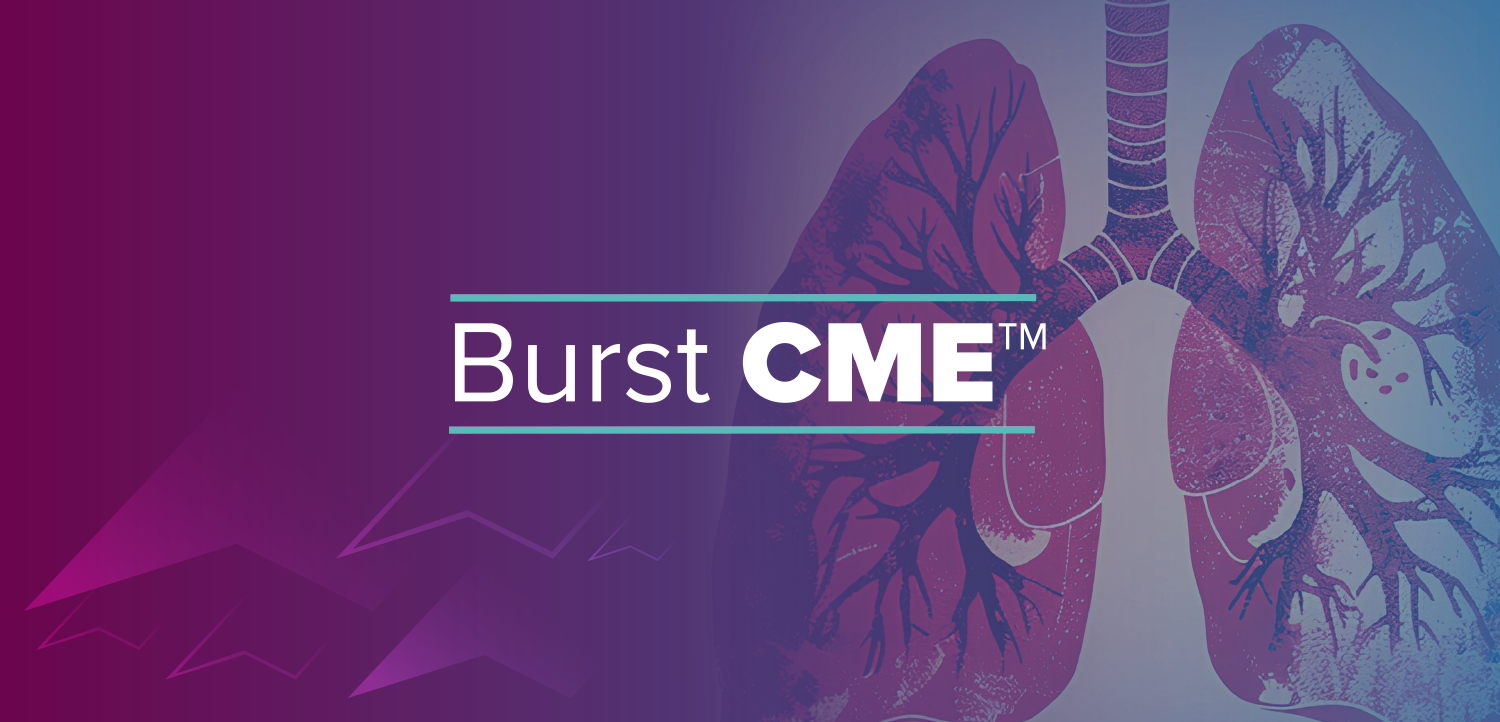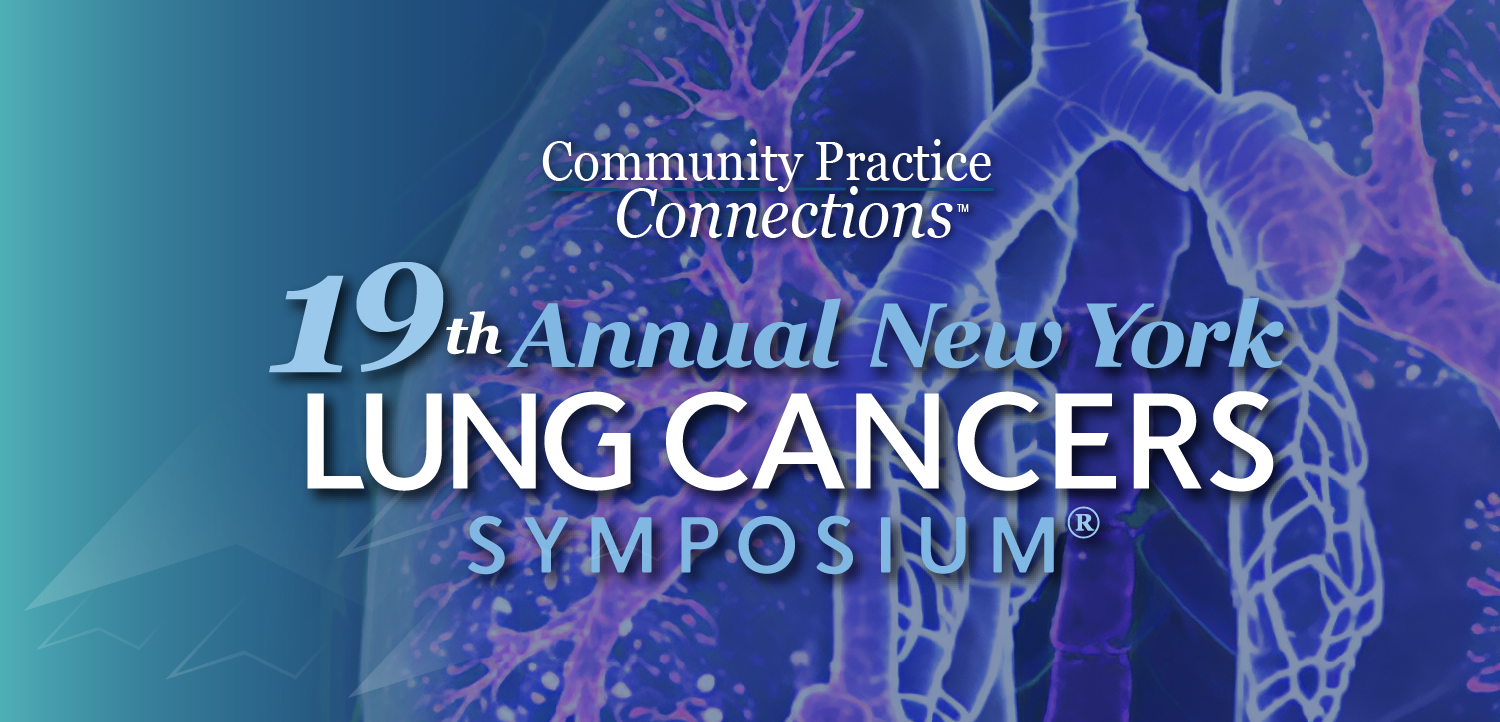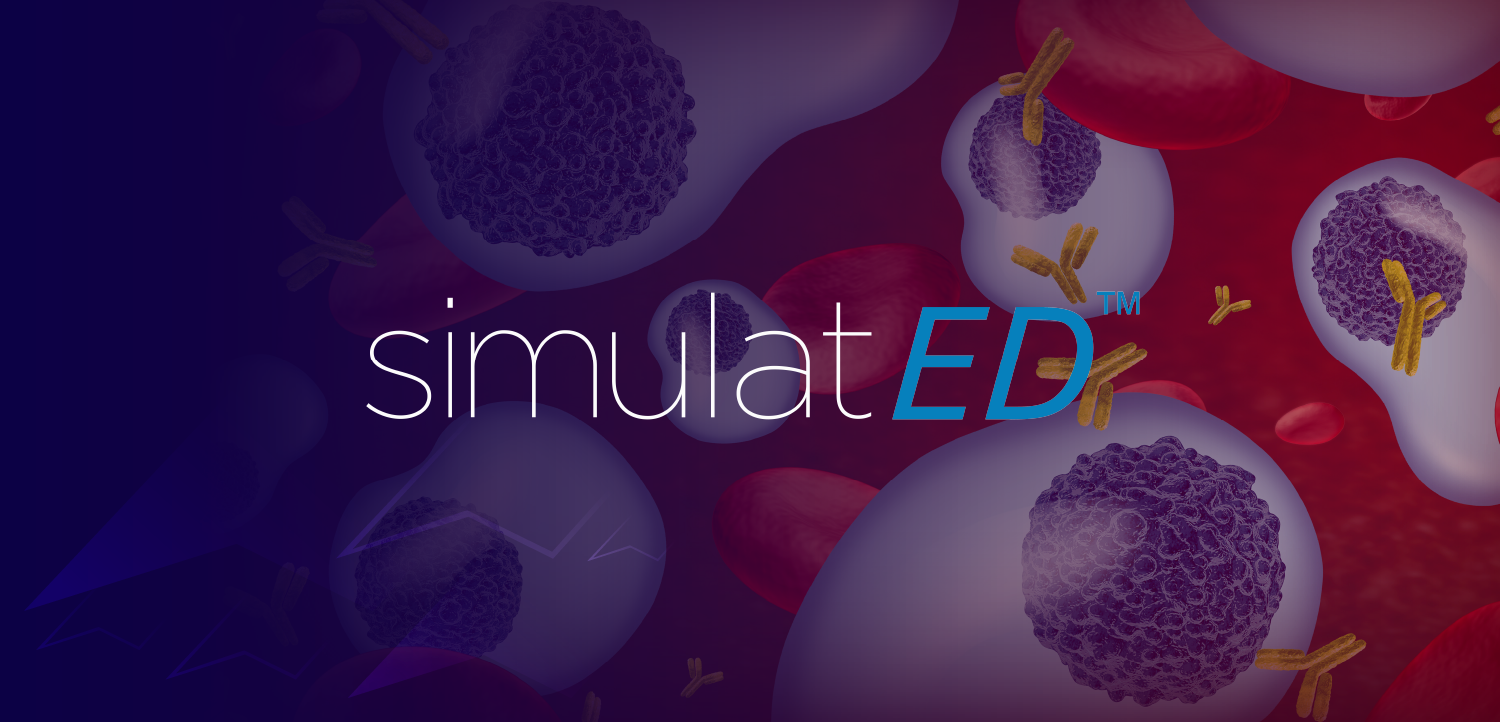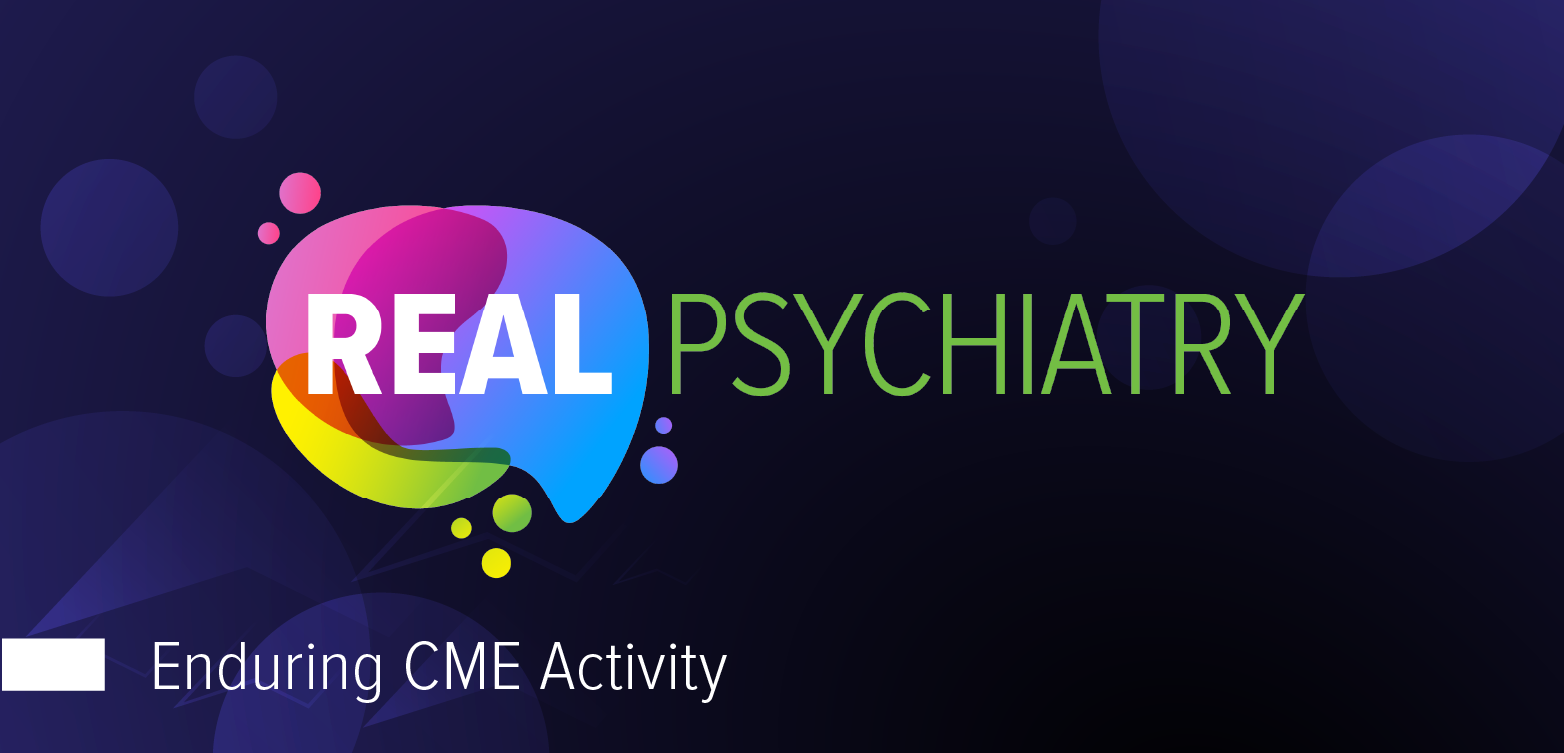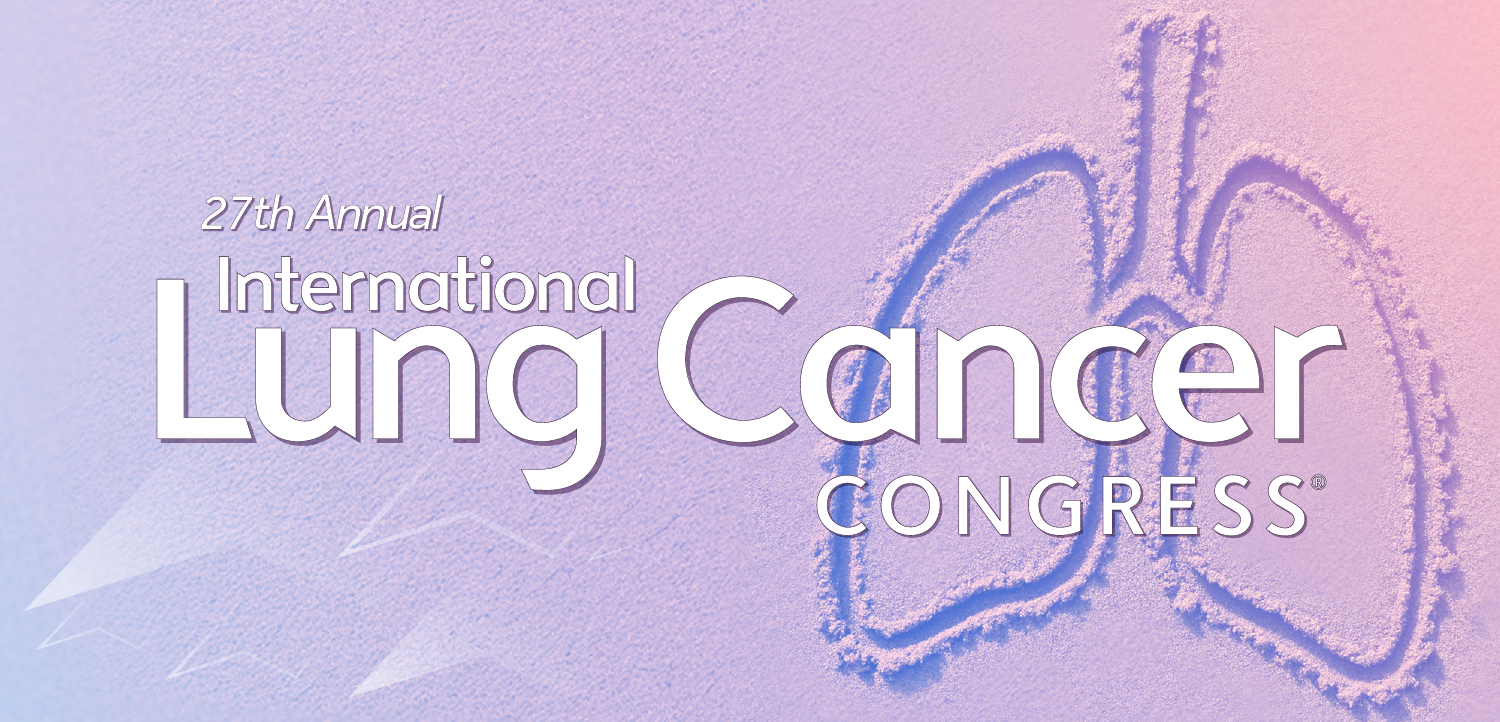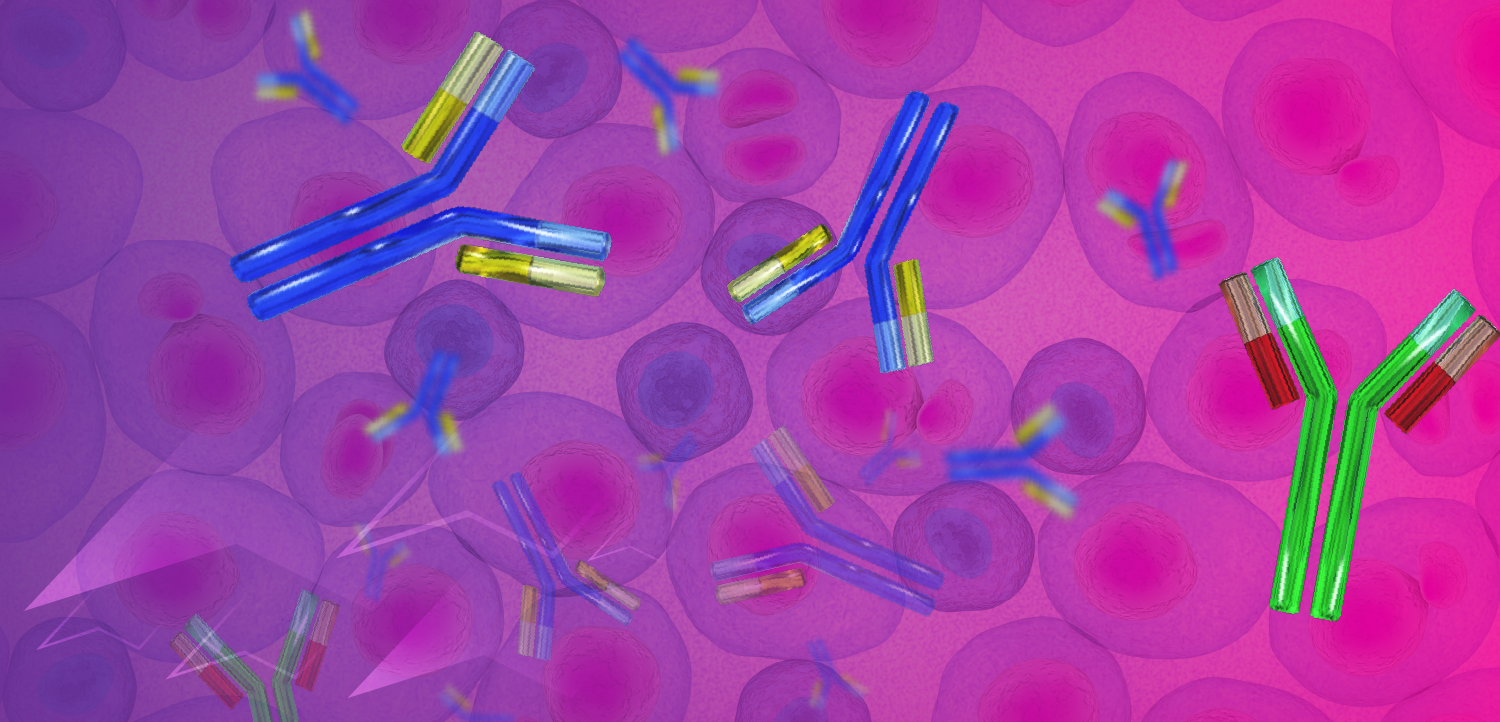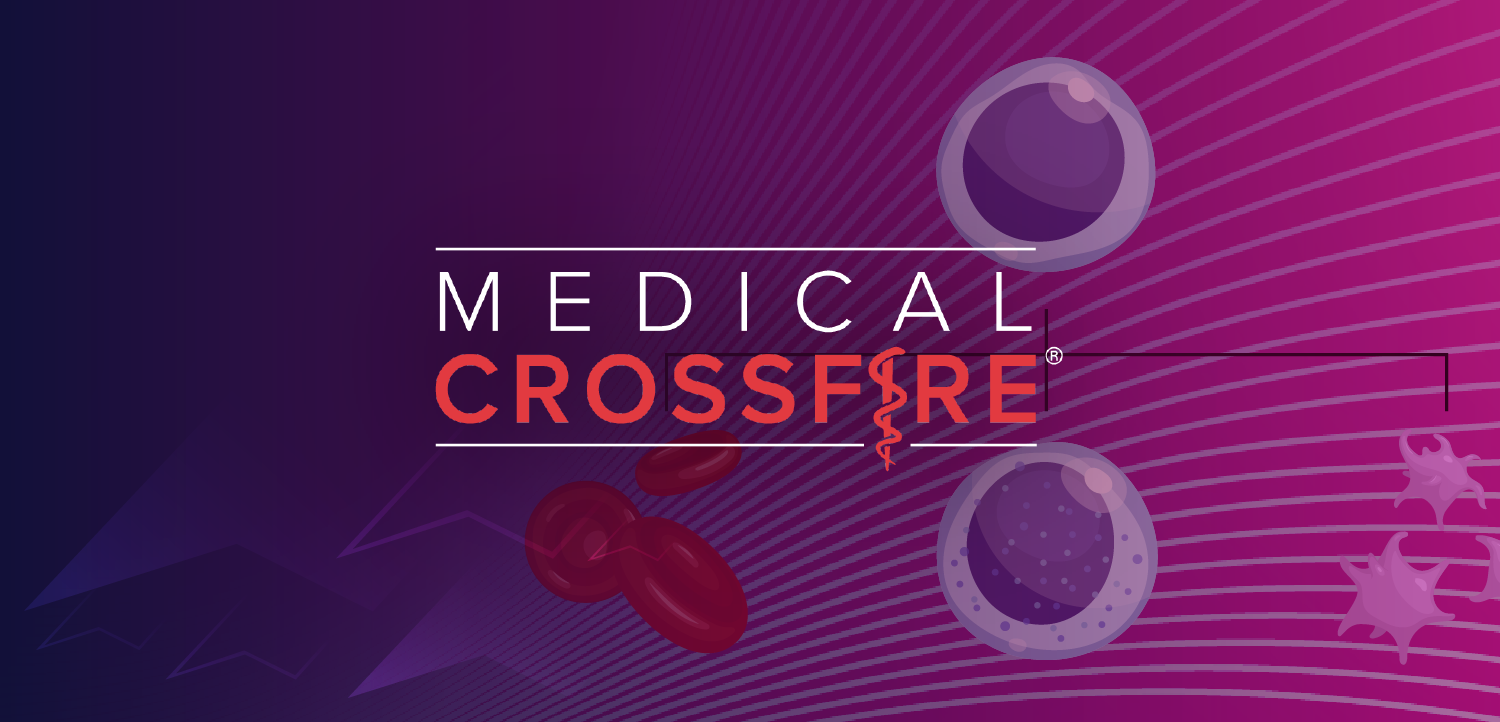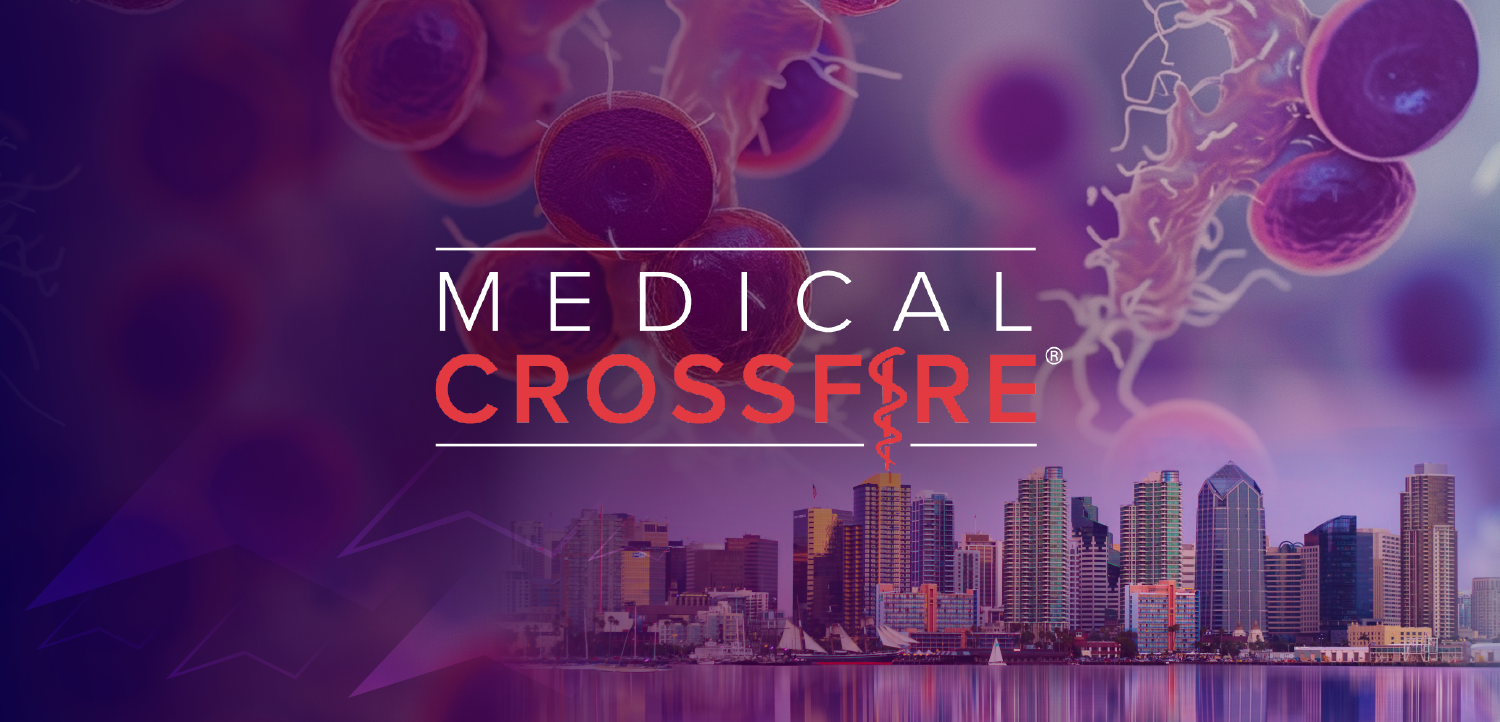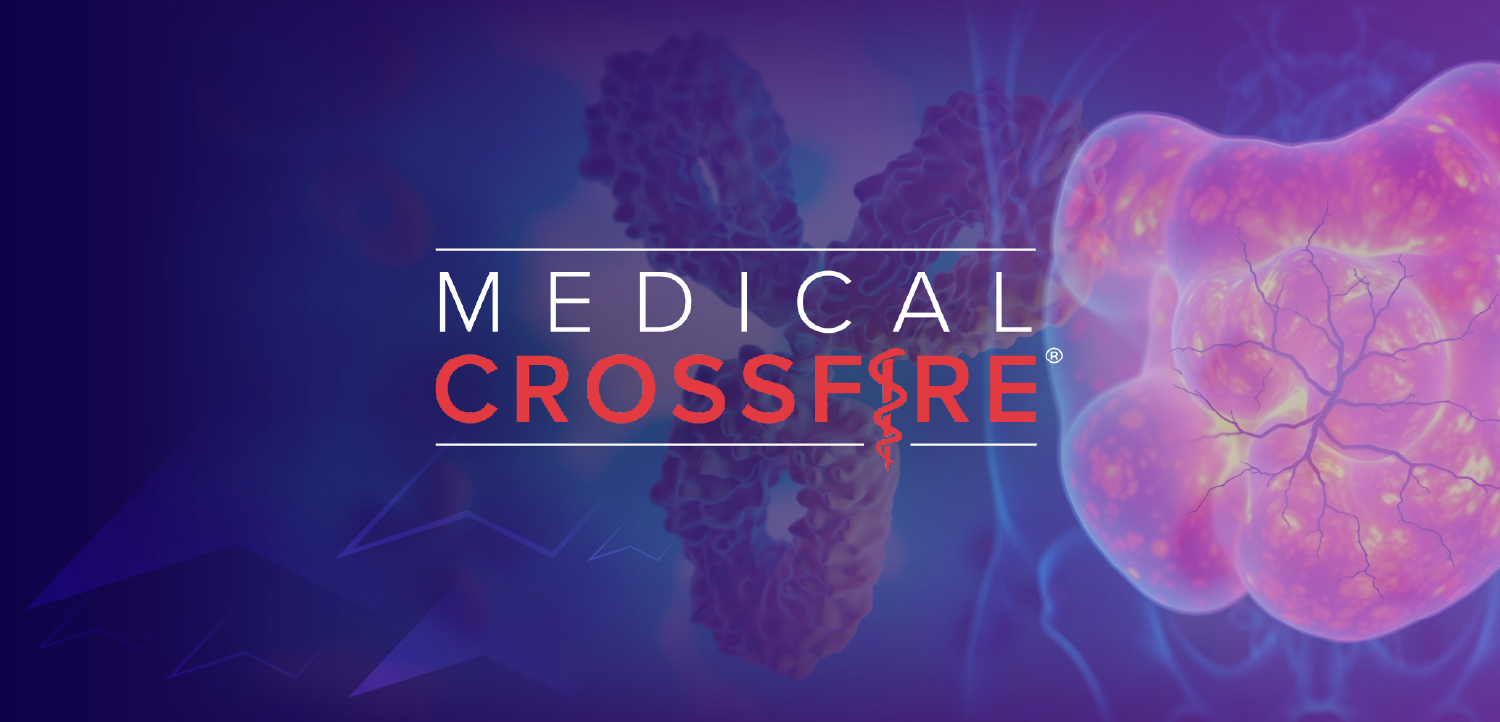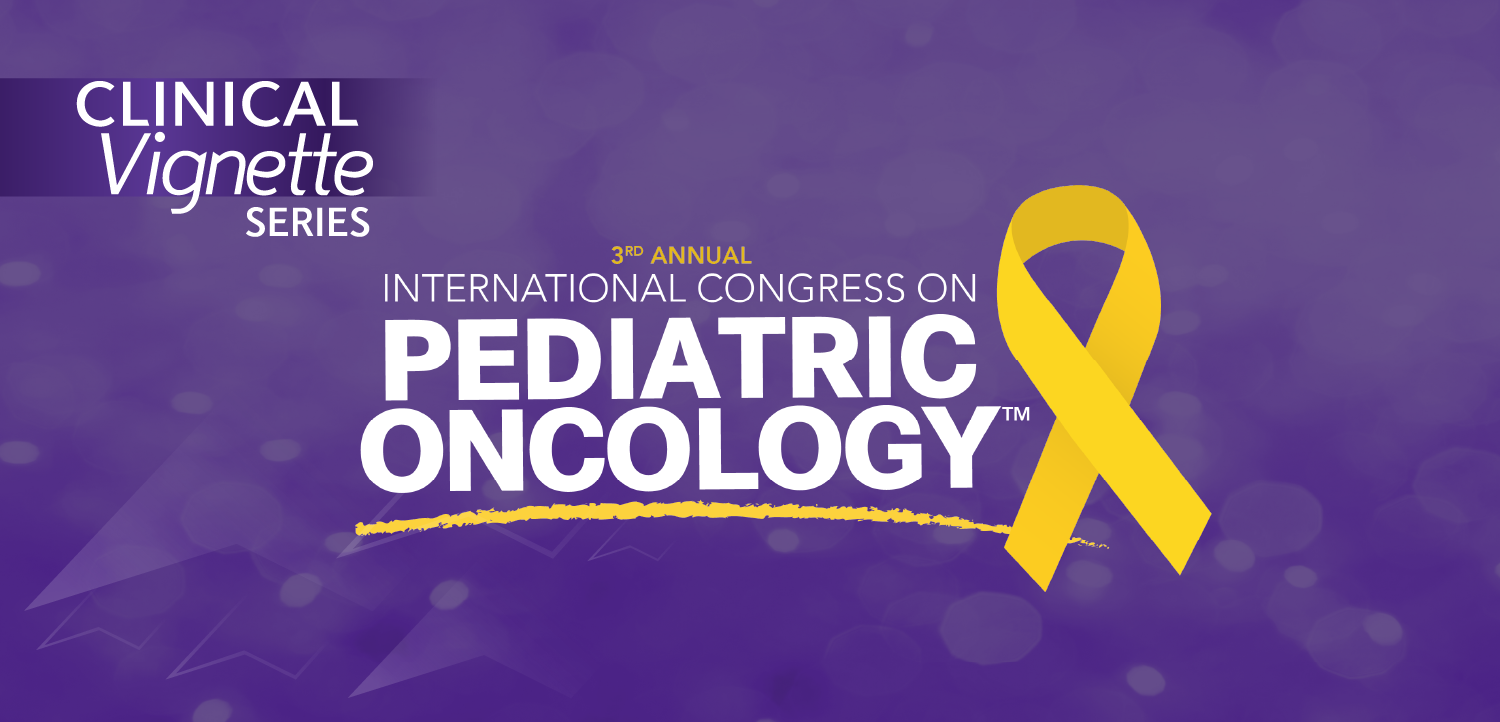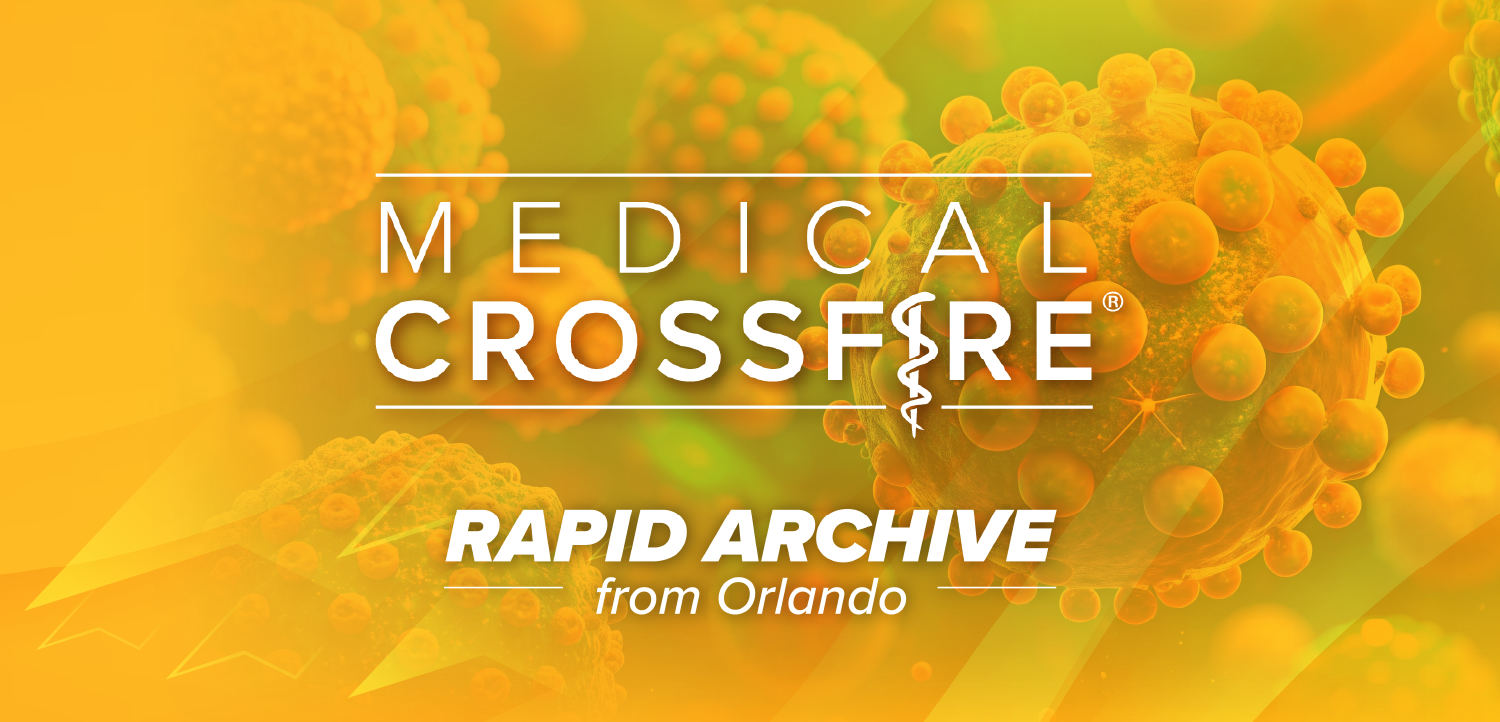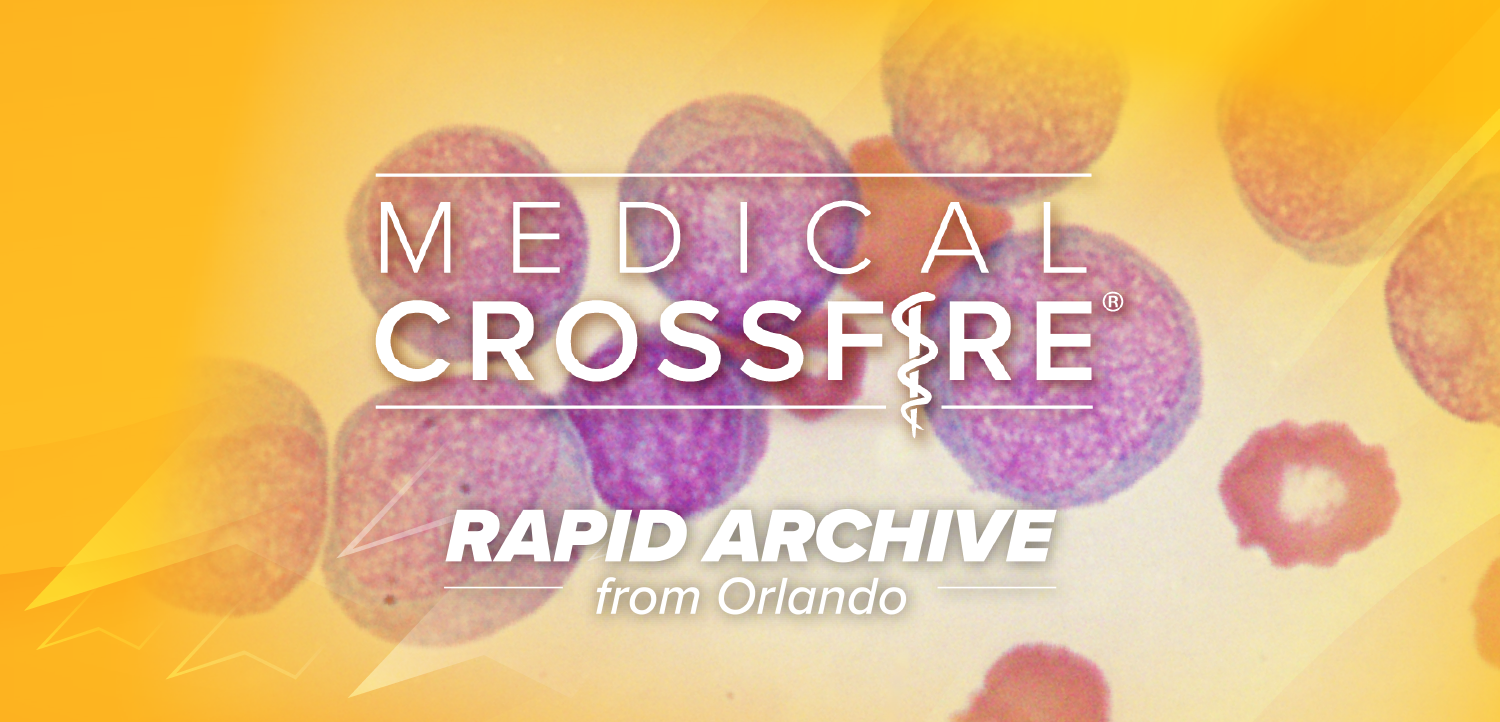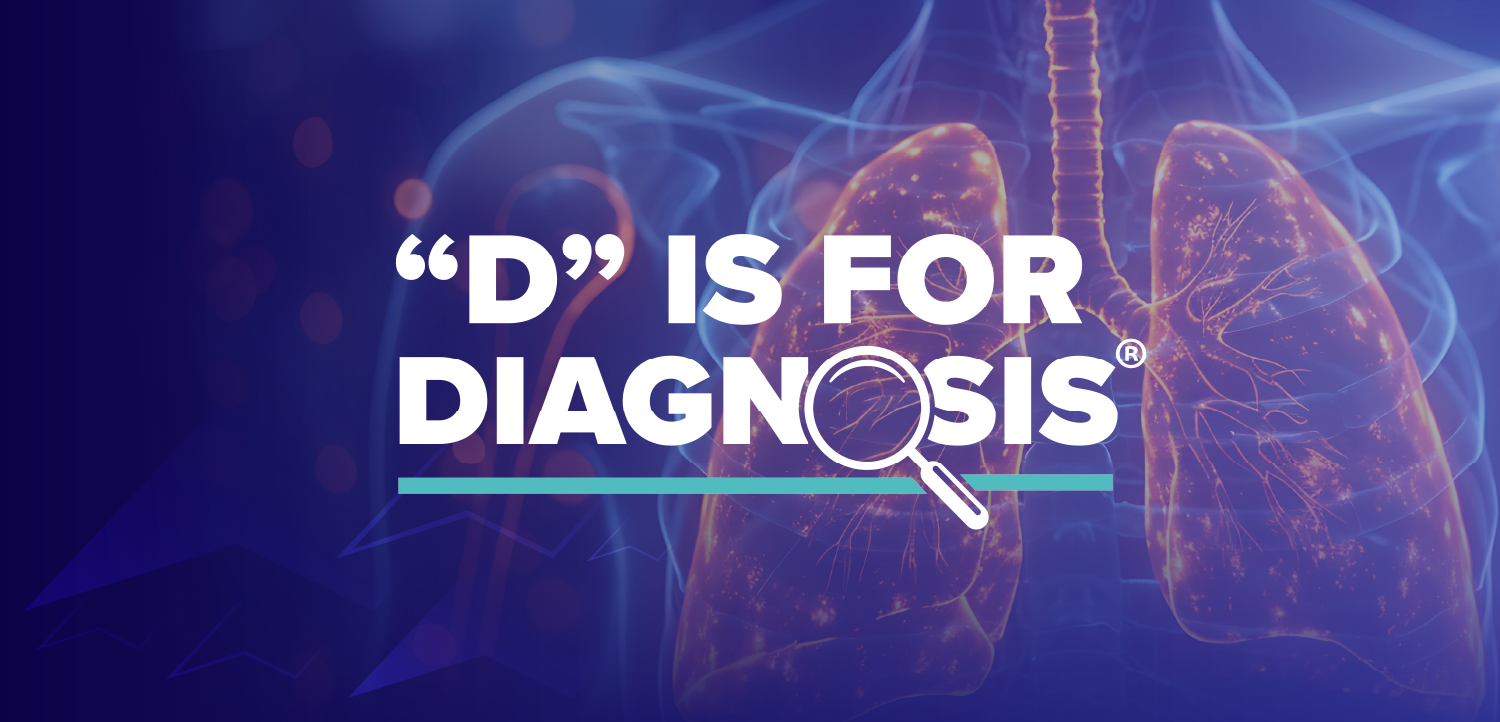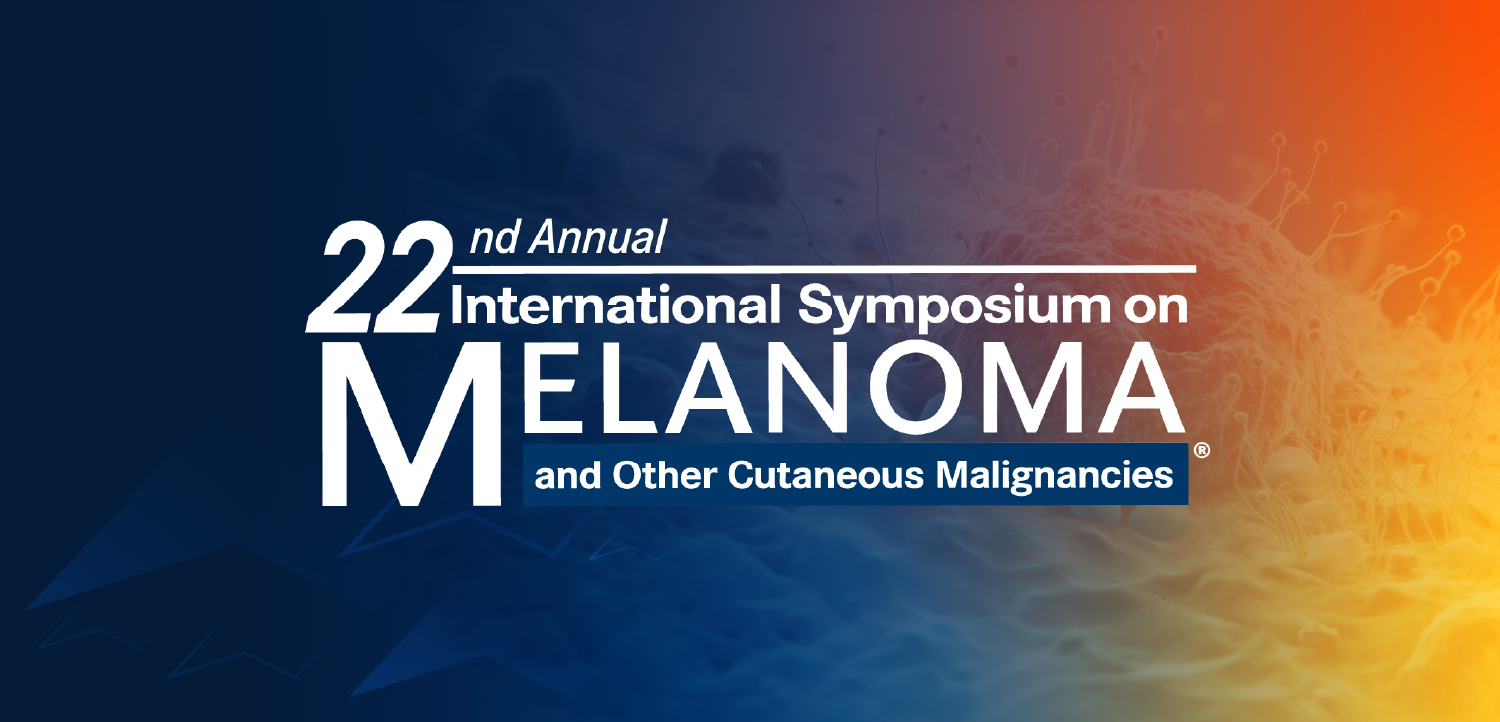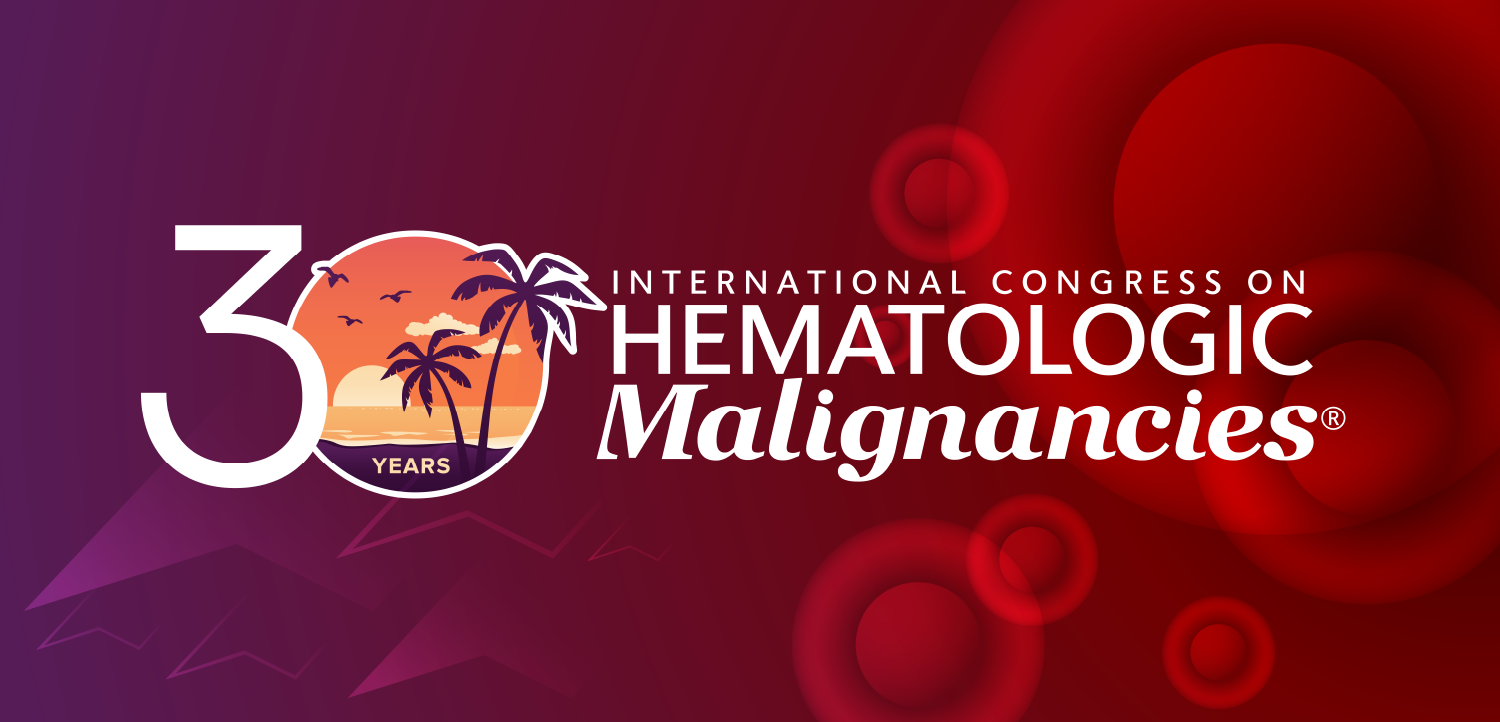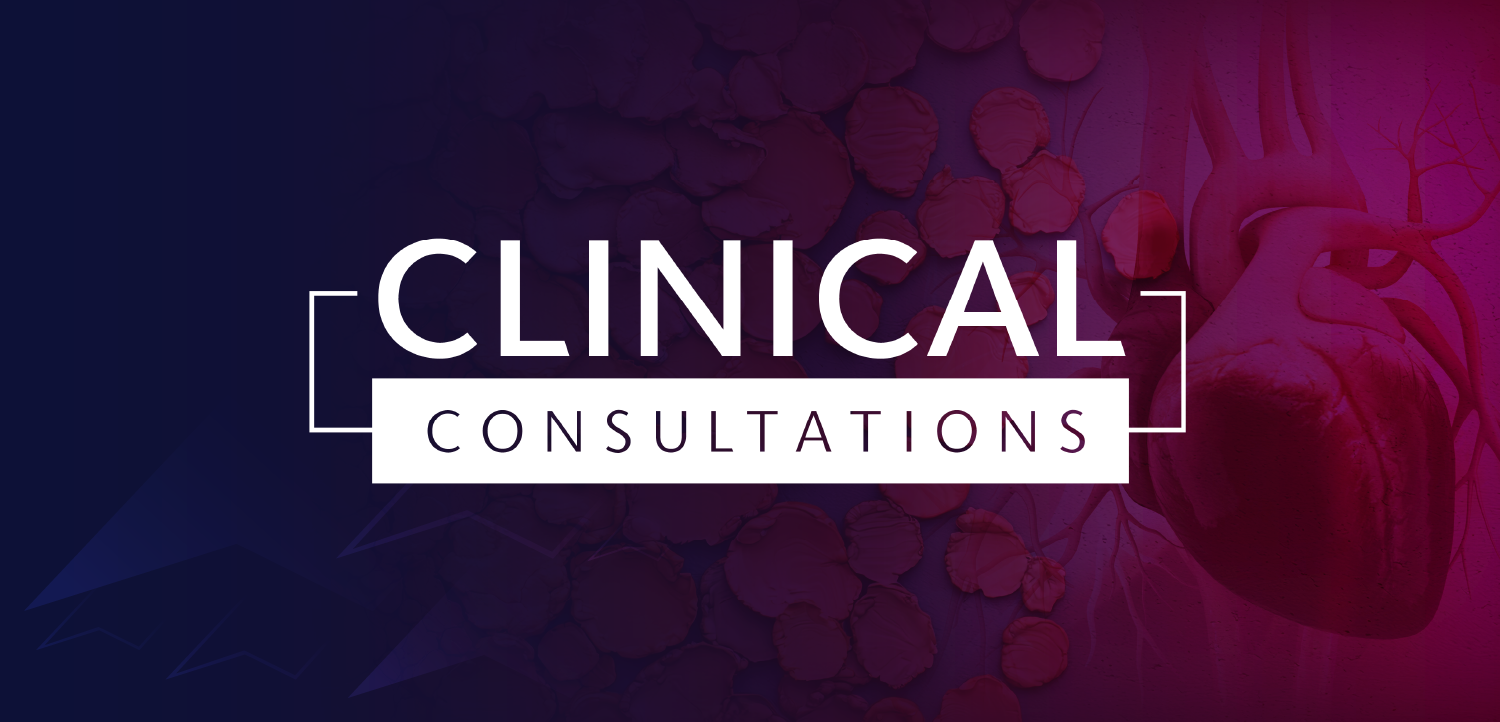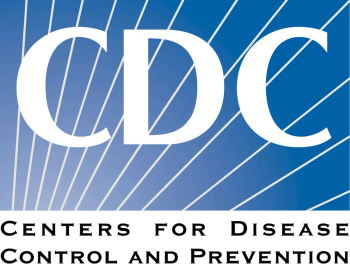
endTB Trial Paves Way for Shorter, Cheaper, and Safer Rifampin-Resistant TB Treatments
Carole Mitnick, ScD discusses the impact of the endTB trial's findings on future TB treatment options, including shorter treatment durations, lower costs, and expanded accessibility.
A phase 3 trial has shown that certain 9-month all-oral regimens are as effective as the standard 18-24 month treatment for fluoroquinolone-susceptible, rifampin-resistant tuberculosis (RR-TB). The trial's primary endpoint was a favorable outcome at week 73, defined by negative sputum cultures or improvements in bacteriological, clinical, and radiological measures.
The study found that four of the five new regimens performed similarly to the standard treatment, with over 80% of standard therapy patients achieving favorable outcomes. Regimens combining bedaquiline, clofazimine, levofloxacin, and pyrazinamide (BCLLfxZ) and bedaquiline, delamanid, linezolid, moxifloxacin, and pyrazinamide (BDLLfxZ) were noninferior to the standard therapy, with differences in favorable outcomes ranging from 2.5% to 9.8%.
The multinational trial included 754 participants, with 699 in the modified intention-to-treat analysis and 562 in the per-protocol analysis. The regimens tested included bedaquiline, delamanid, linezolid, levofloxacin, moxifloxacin, clofazimine, and pyrazinamide. The study also found that the incidence of grade 3 or higher adverse events, including hepatotoxicity, was similar across all regimens, with hepatotoxic events reported in 11.7% of participants overall and 7.1% in the standard therapy group.
Main Takeaway from the endTB Trial
The endTB trial demonstrated that three all-oral, shortened-duration treatment regimens—lasting only nine months—are as effective as the current standard 18-24 month treatments for rifampin-resistant tuberculosis (RR-TB). The new regimens are made up of five or fewer drugs and are safe for all age groups, including pregnant individuals. This marks the first peer-reviewed publication on all-oral regimens that can be universally applied to patients with RR-TB.
Carole Mitnick, professor at Harvard Medical School and senior research associate at Partners in Health, emphasized the significance of this study for global health. She explained, "It means that treatment can be shorter and the toxicity potentially reduced for people with rifampin-resistant TB, regardless of age." Moreover, the trial reveals that these new regimens could cost as little as $400, a stark contrast to the exorbitant costs—up to a million dollars—for treating RR-TB in the 1990s in New York City.
"The trial really reveals the benefits in global health of these partnerships among universities, non-governmental organizations, and long-term investments in them by philanthropic and government donors," Mitnick noted.
Better Participation and Patient Experience
Mitnick also discussed how the new regimens might offer a more patient-friendly option. The shortened treatment duration and reduced side effects, including fewer adverse events, were factors that likely made patients more willing to participate in the trial. Although detailed patient experiences weren’t collected, Mitnick acknowledged that the reduced toxicity might have contributed to the trial's high participation rates.
"I do think that probably did contribute to willingness to participate in the trial," she said, referring to the use of randomized data that favored better-performing regimens during the study. However, she also regretted not gathering more data on how participants felt throughout their treatment journey.
Changing Treatment Guidelines
Looking ahead, the endTB trial’s findings are expected to significantly impact future treatment guidelines and clinical practices for multidrug-resistant tuberculosis (MDR-TB). The World Health Organization (WHO) has already recommended these three non-inferior regimens in a rapid communication and will include them in upcoming full guidance. Mitnick described the trial’s findings as a "sea change" for MDR-TB treatment, noting that the shorter, simpler, and cheaper regimens represent a major advancement.
She emphasized that more work remains to fully understand the relative advantages of the various regimens, particularly with novel epidemiologic methods needed to compare them systematically. "There are now five options of treatment with five drugs or fewer for nine months or less," Mitnick explained, "and four of these can be used regardless of age and pregnancy."
As the next step, Mitnick highlighted the importance of evaluating these results through the relevant guideline-setting bodies in the US and Europe, including the CDC and the American Thoracic Society.
Reference
Guglielmetti L, Khan U, Velásquez GE, et al. Oral regimens for rifampin-resistant, fluoroquinolone-susceptible tuberculosis. N Engl J Med. 2025;392(5):468-482. doi:10.1056/NEJMoa2400327
Newsletter
Stay ahead of emerging infectious disease threats with expert insights and breaking research. Subscribe now to get updates delivered straight to your inbox.

